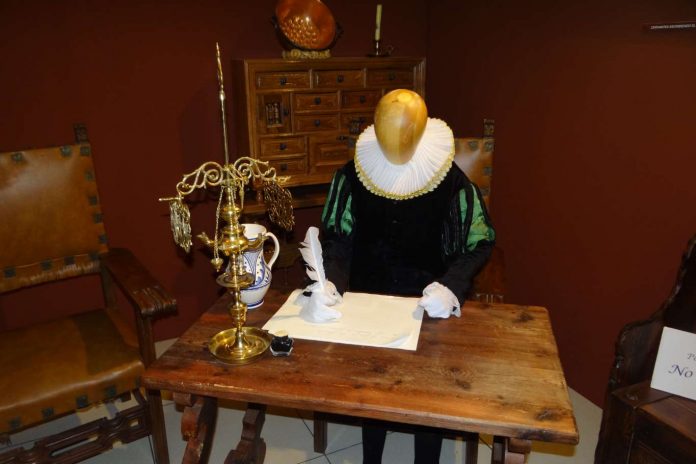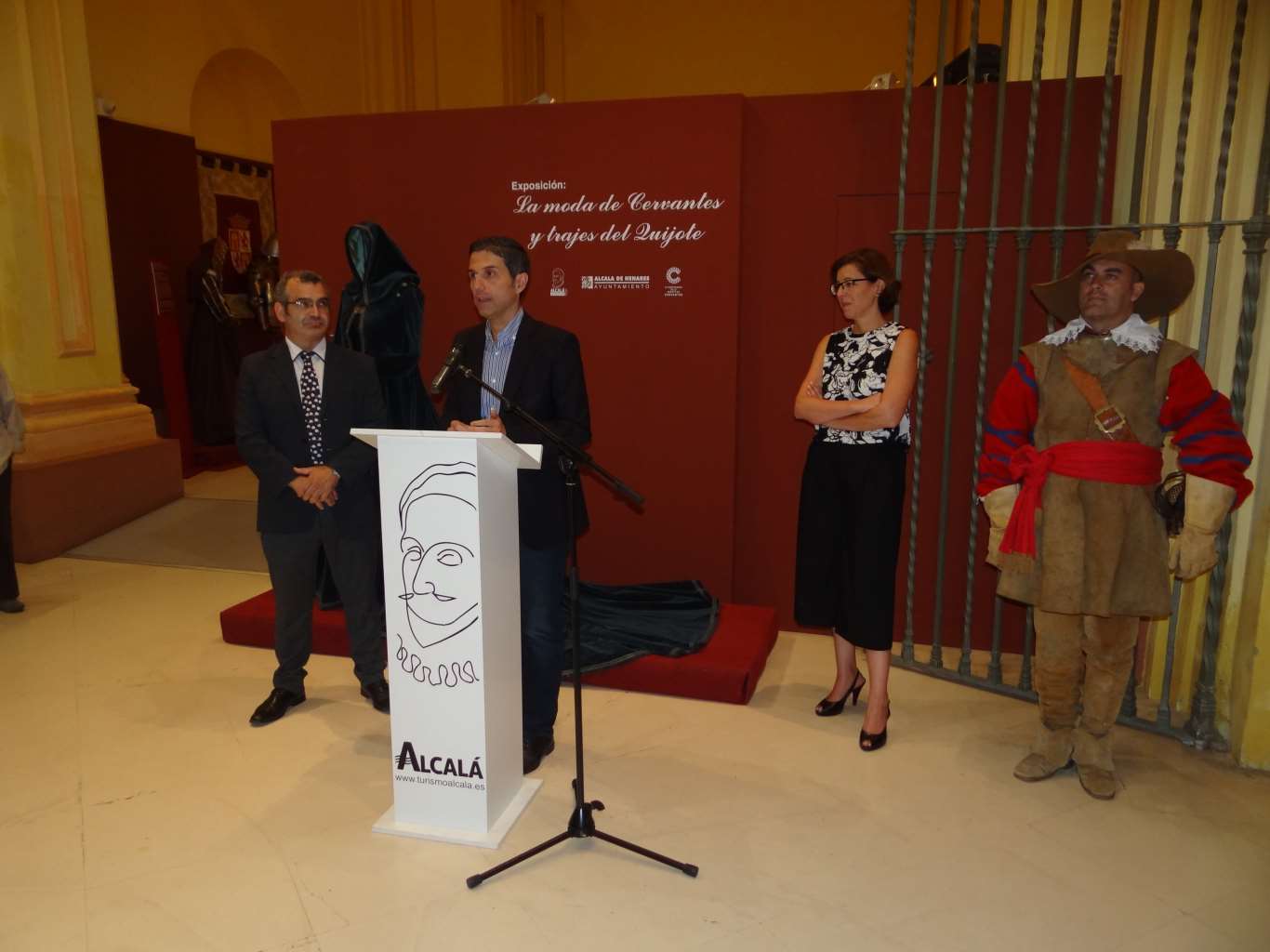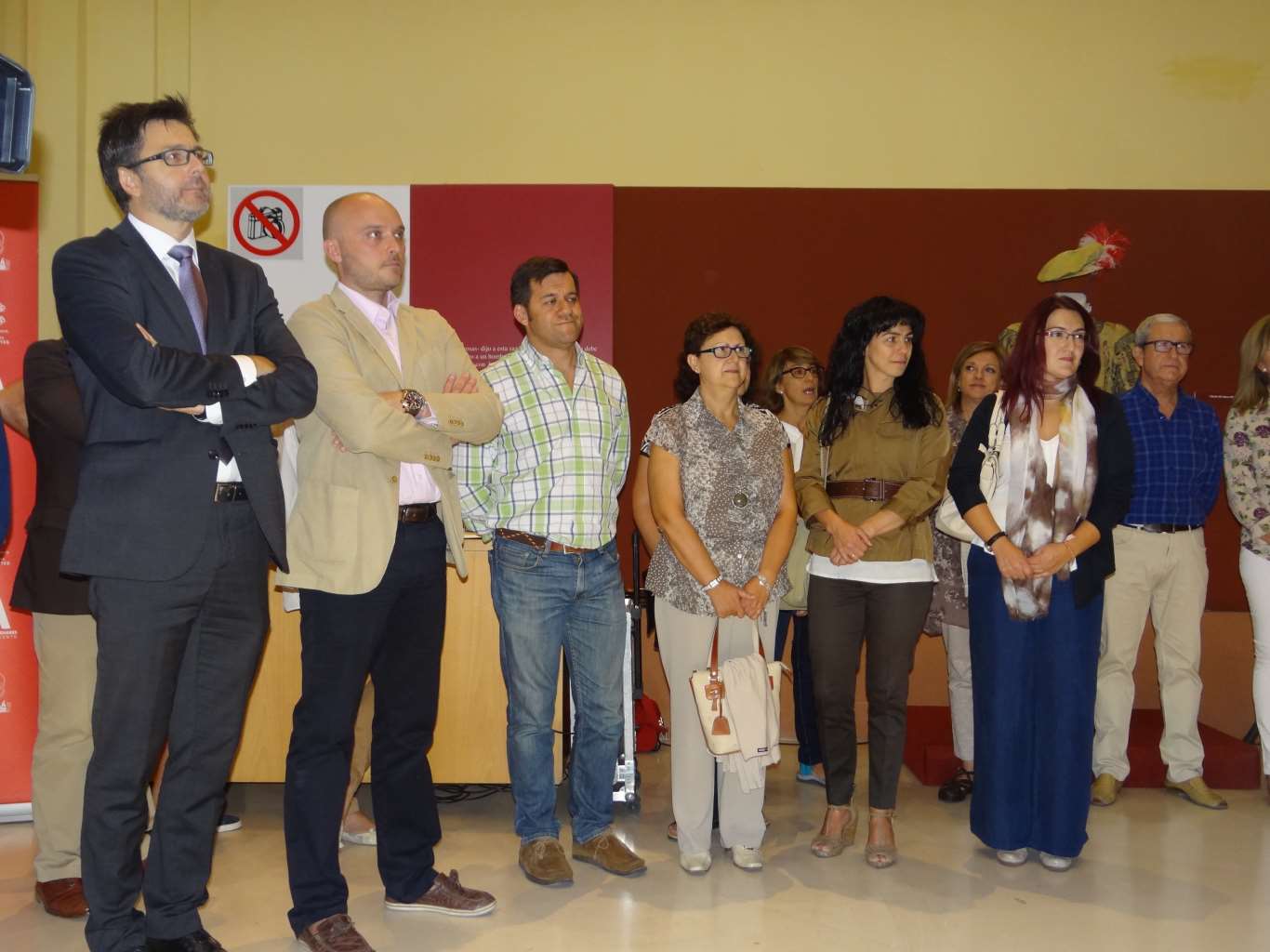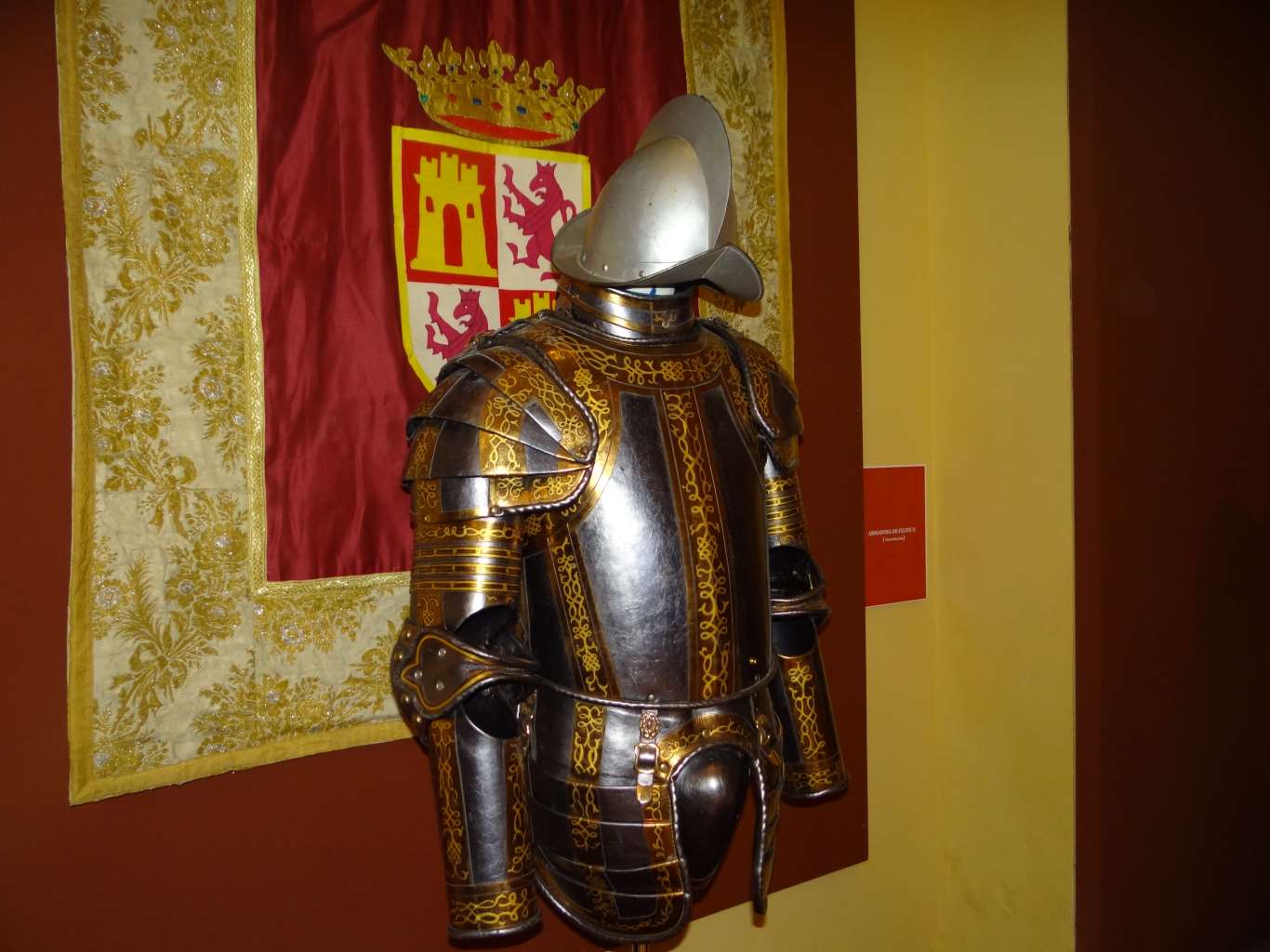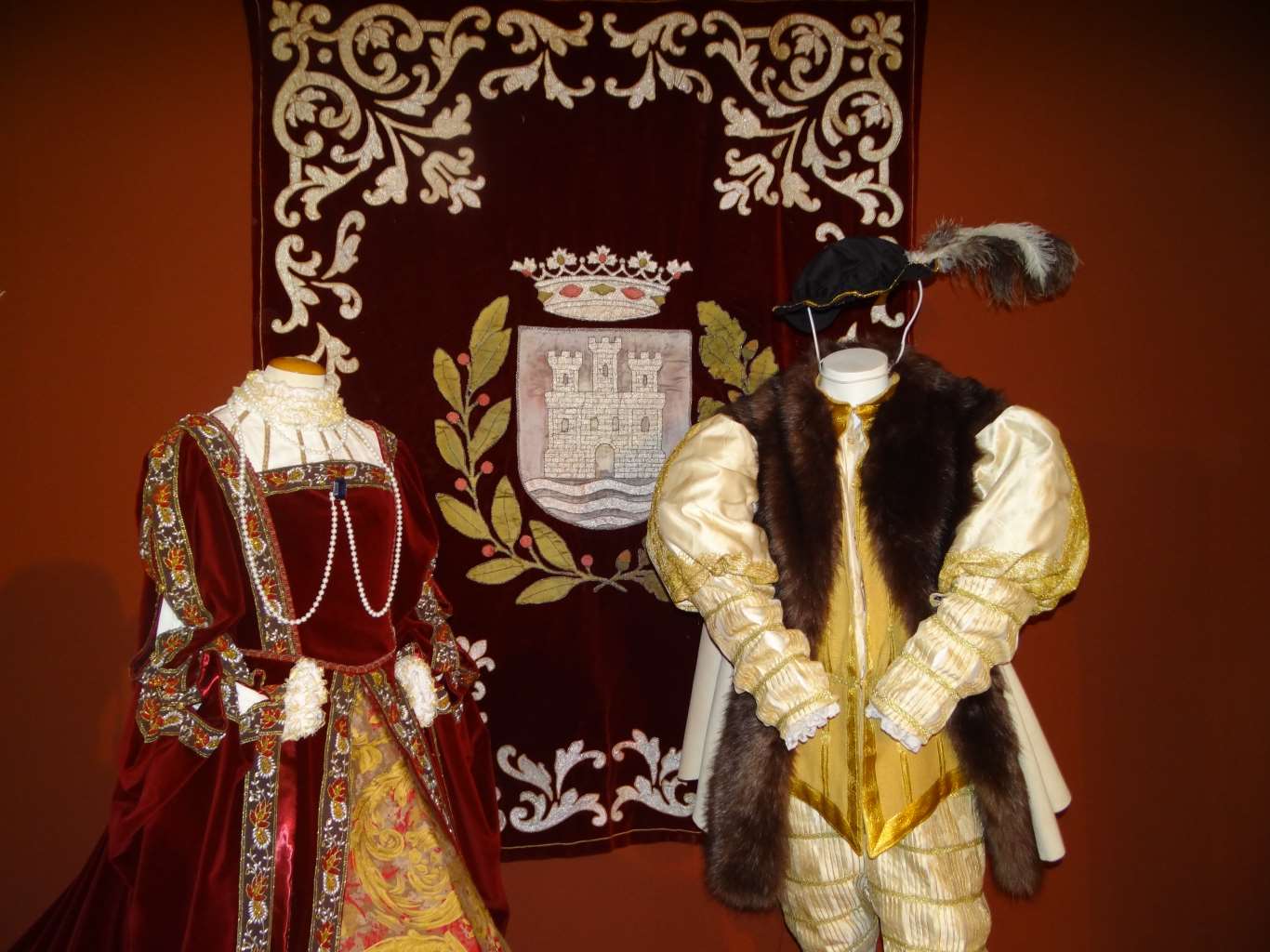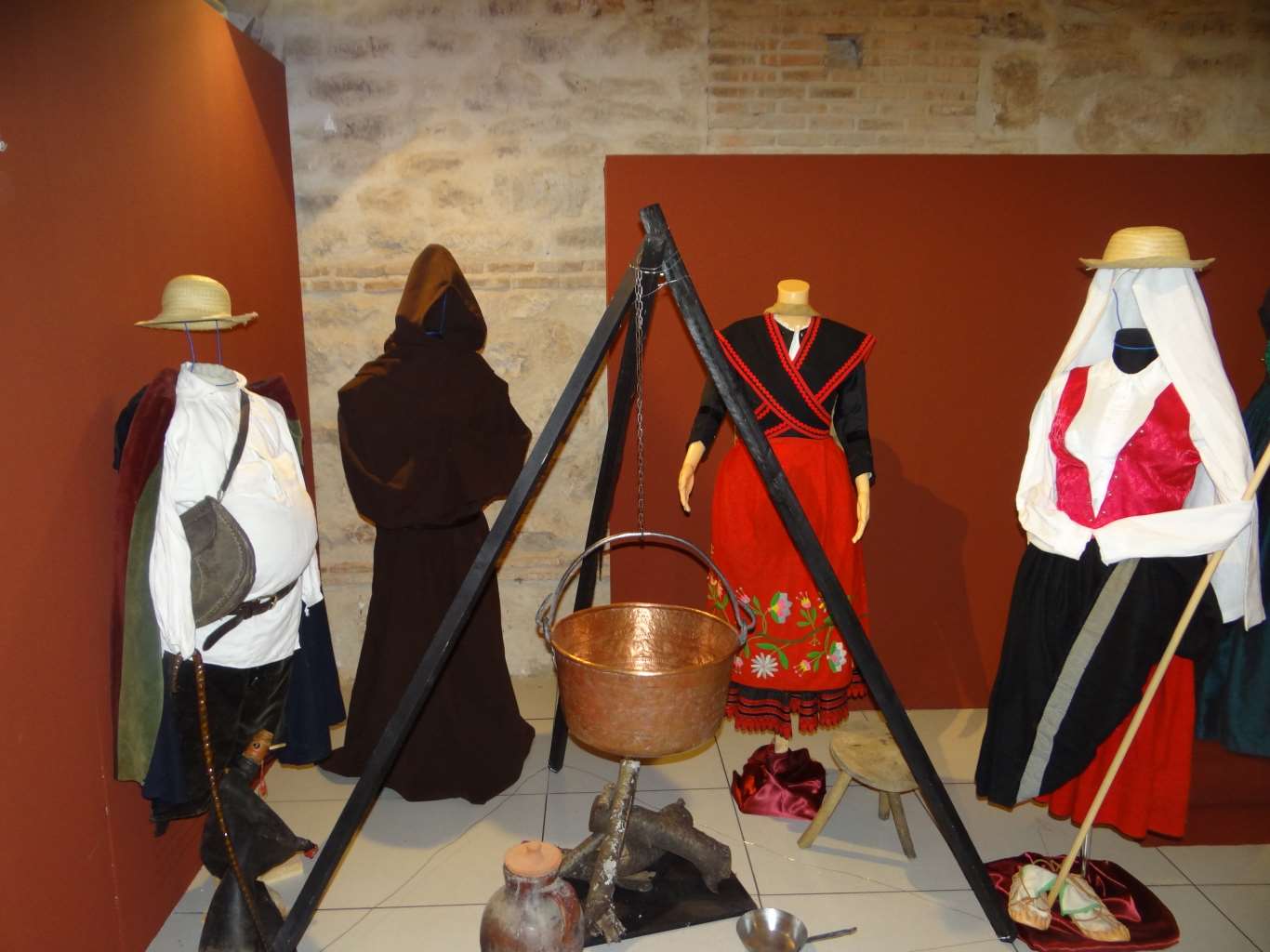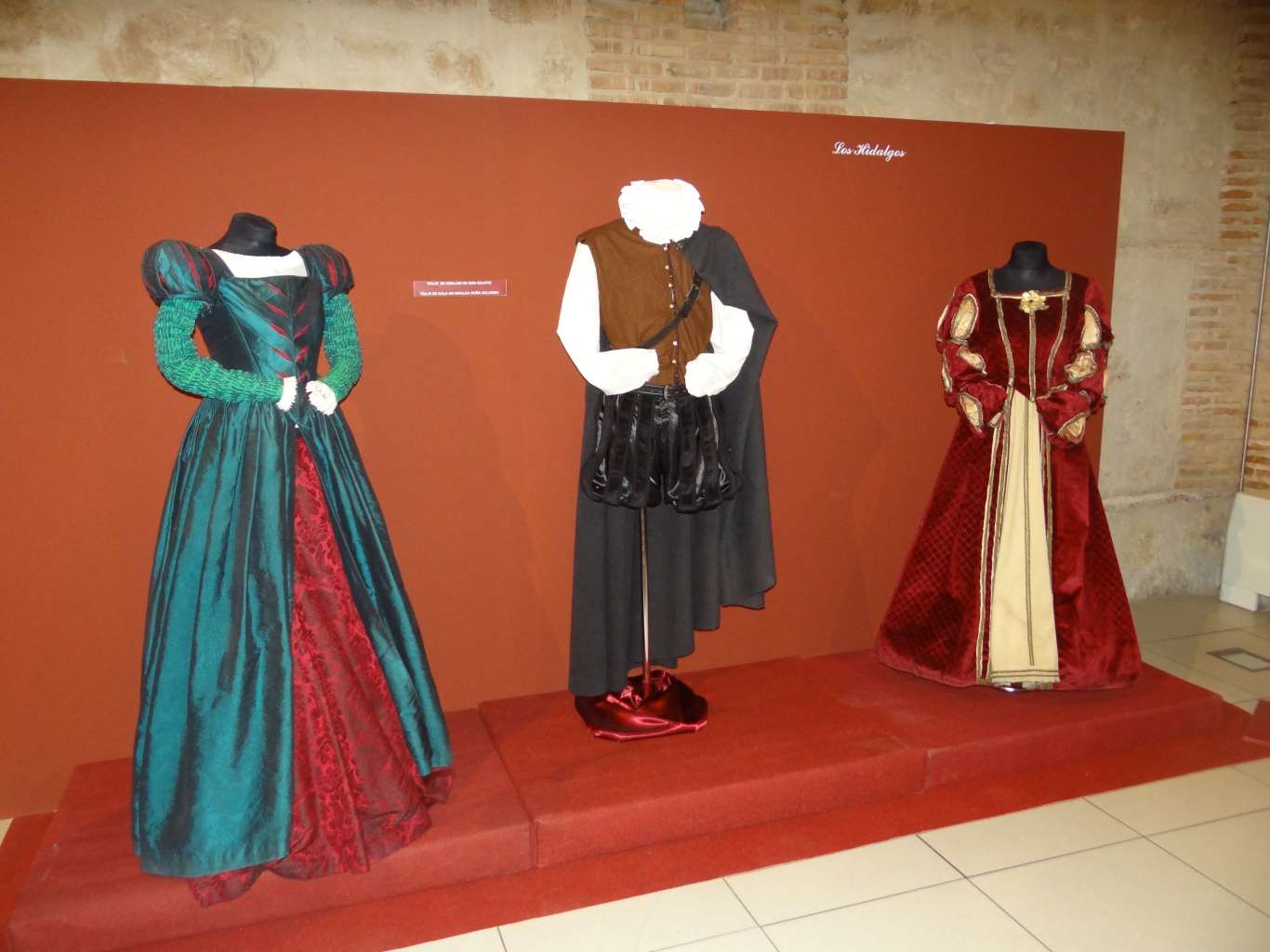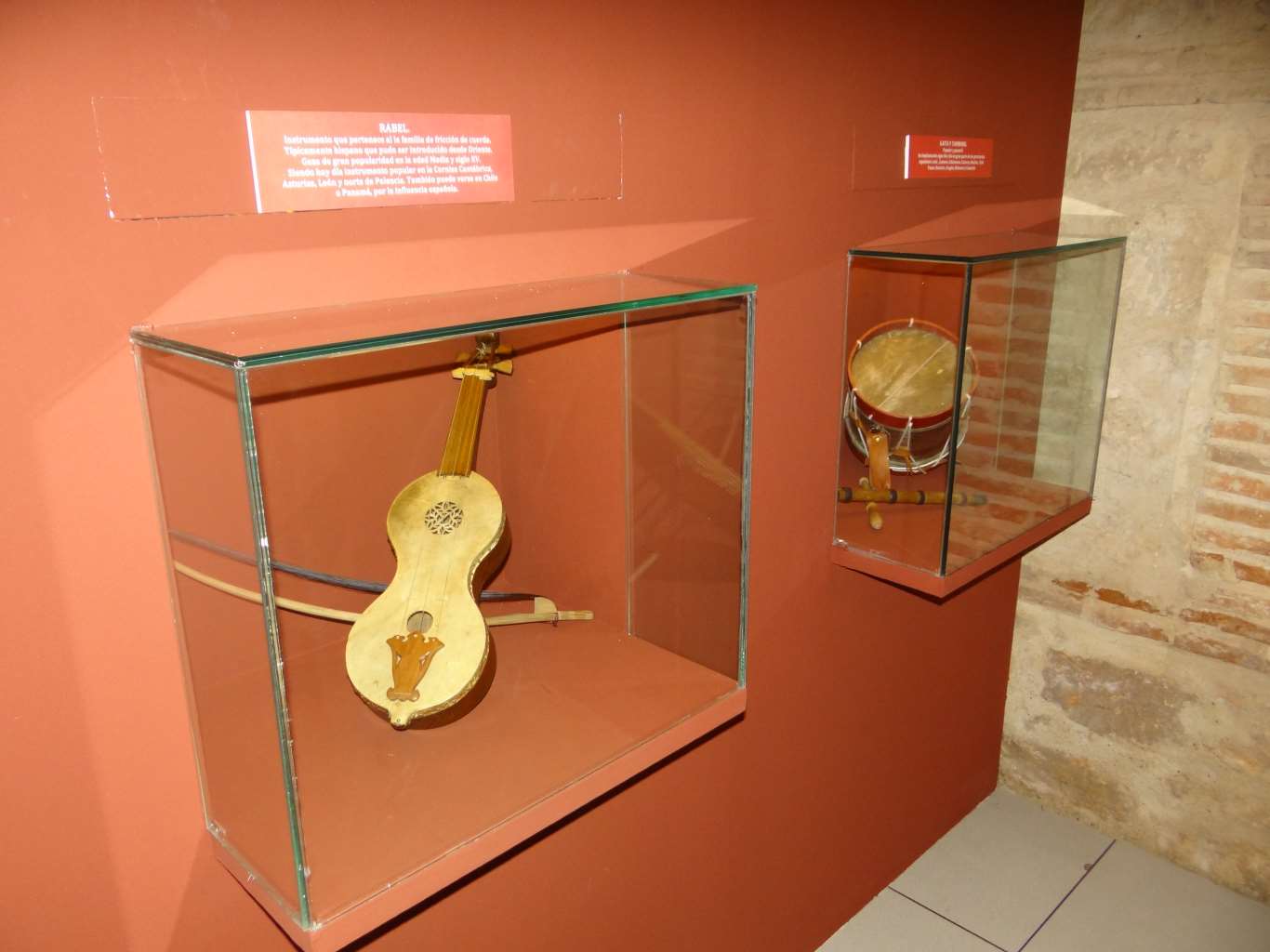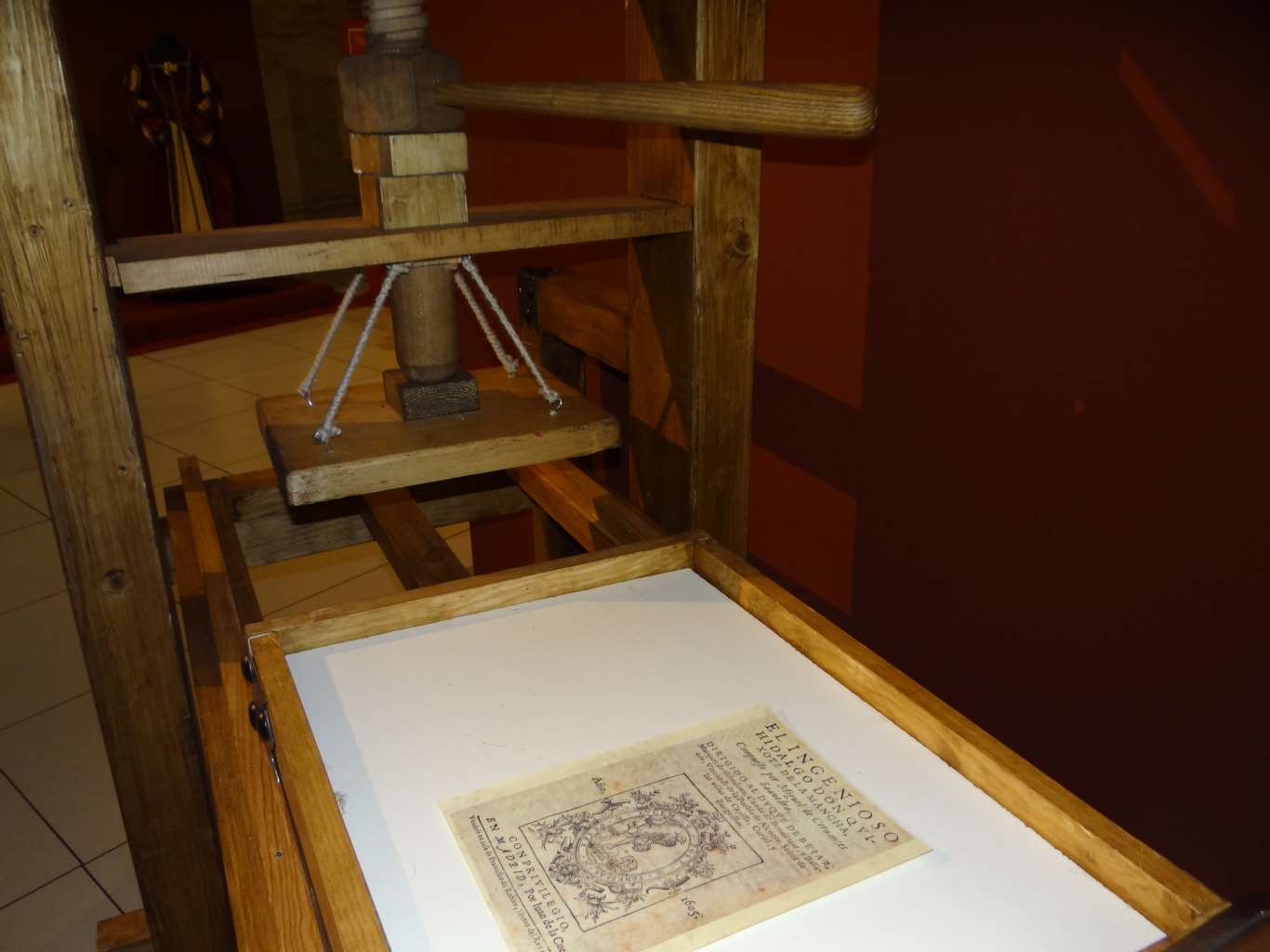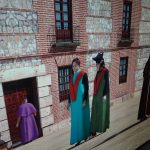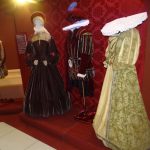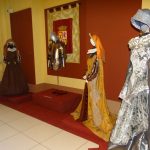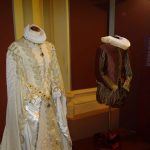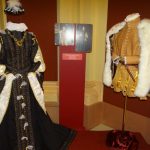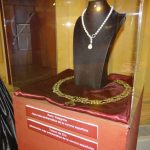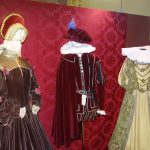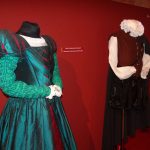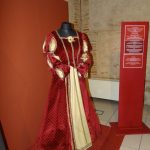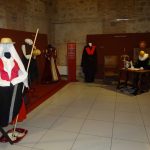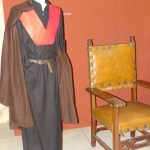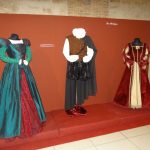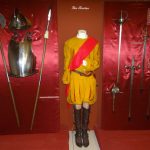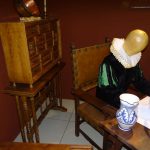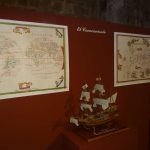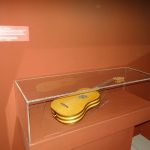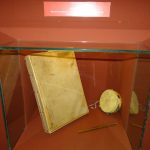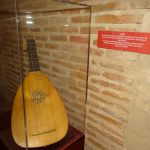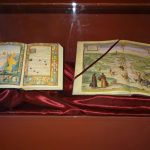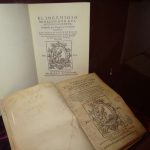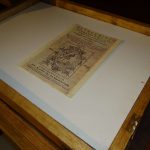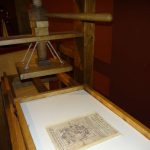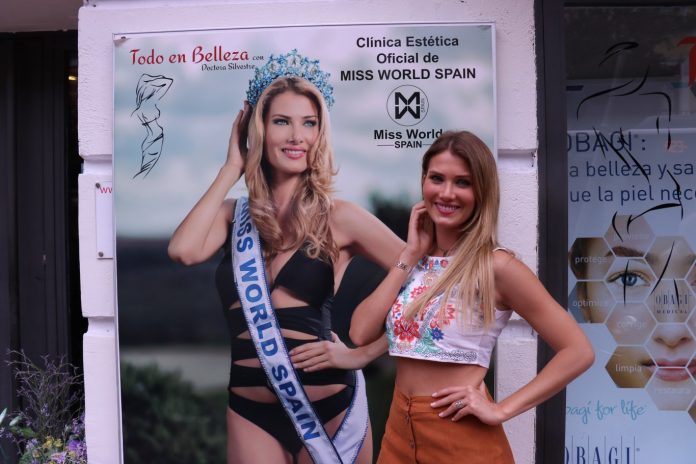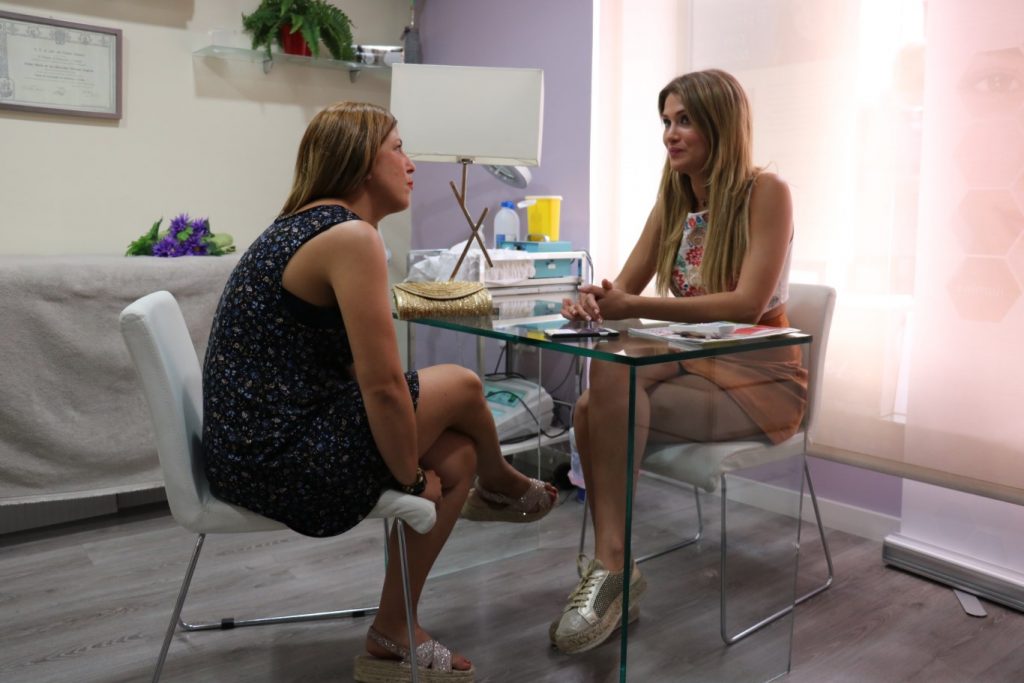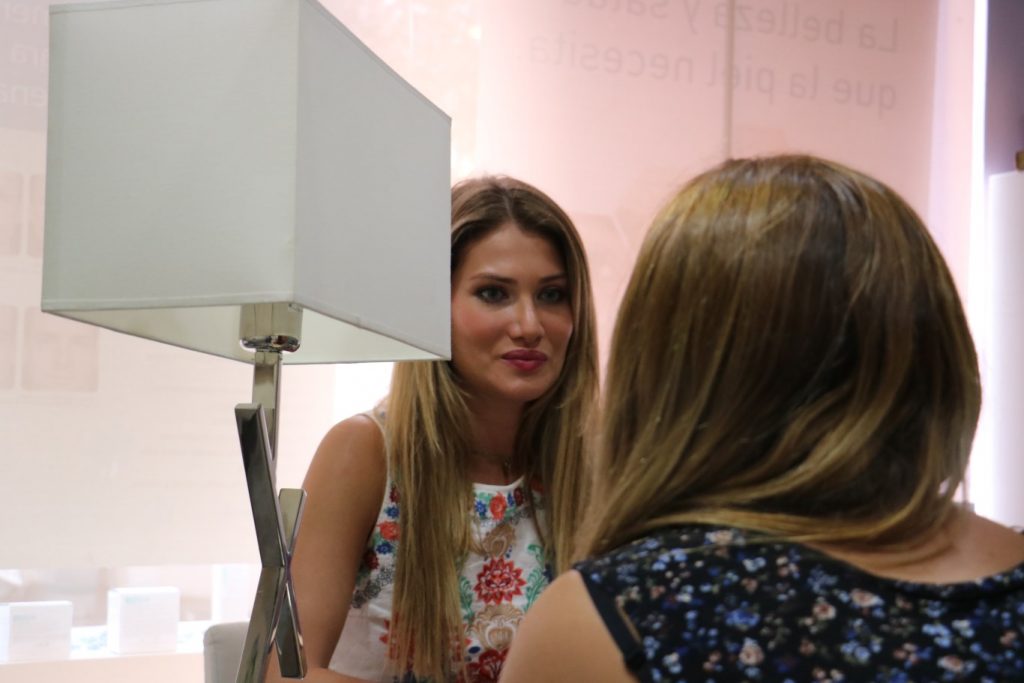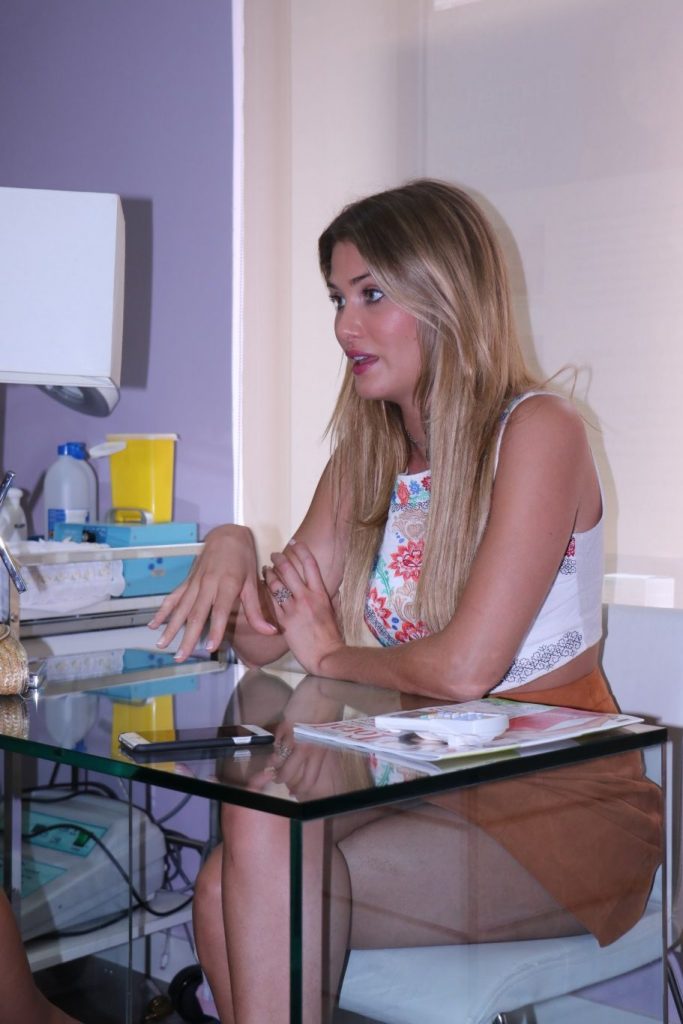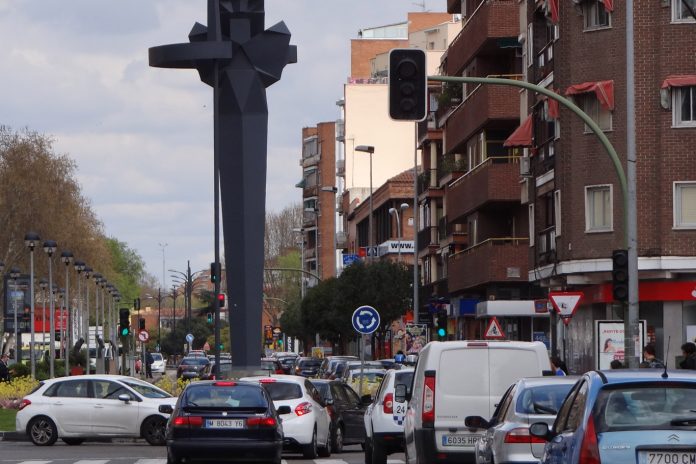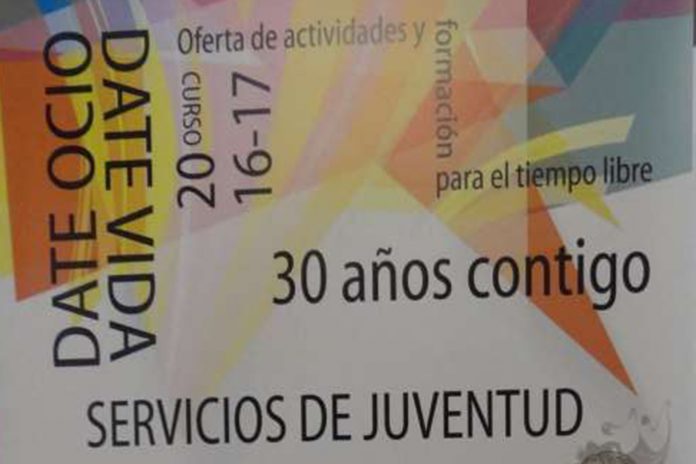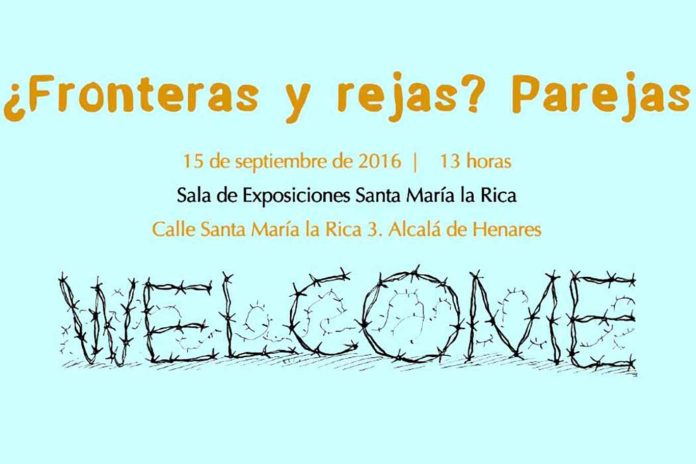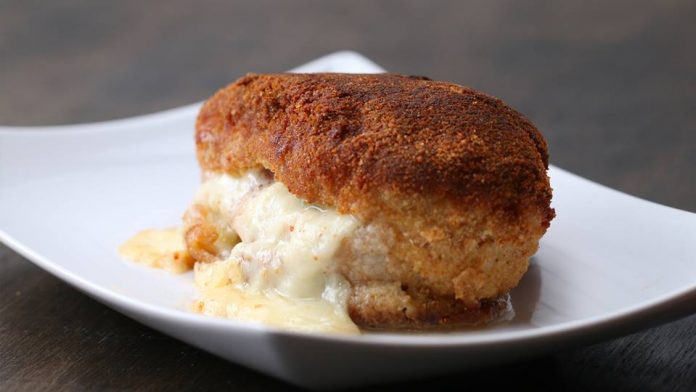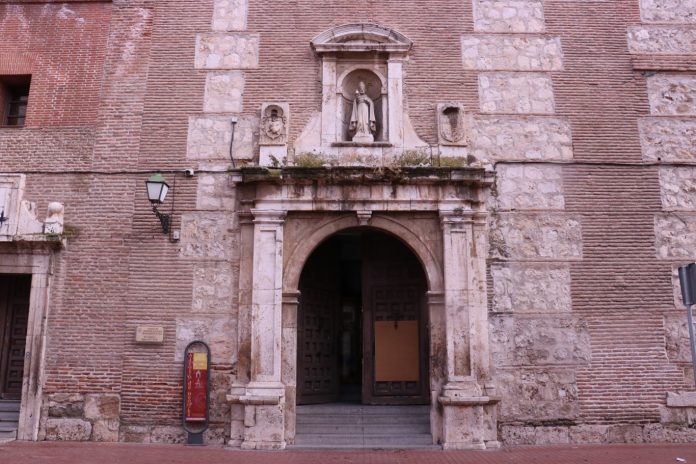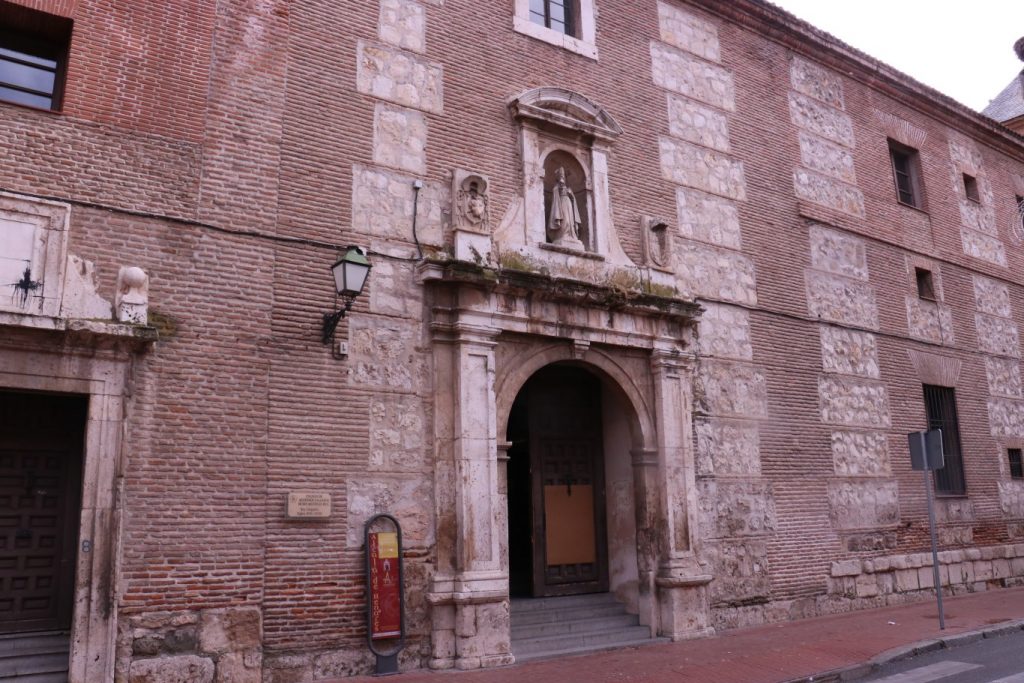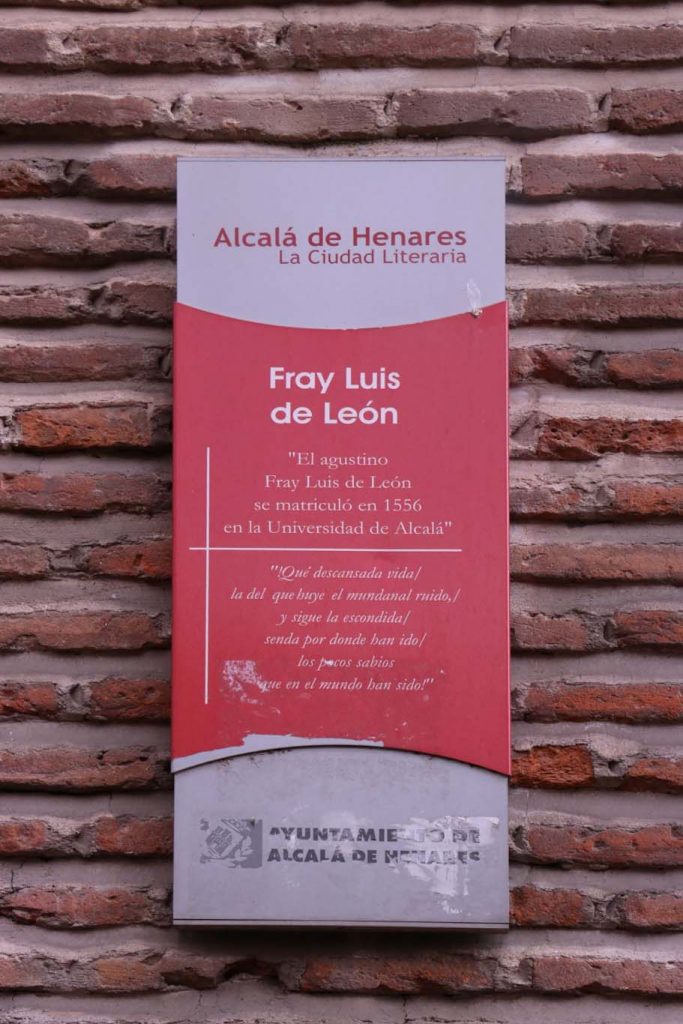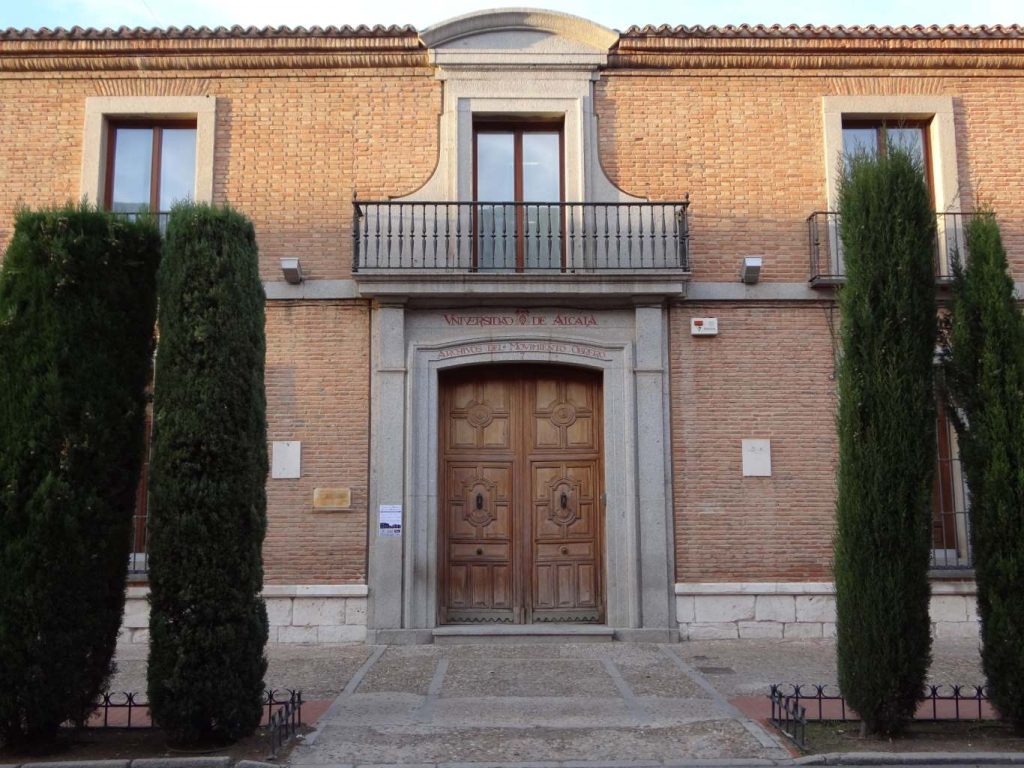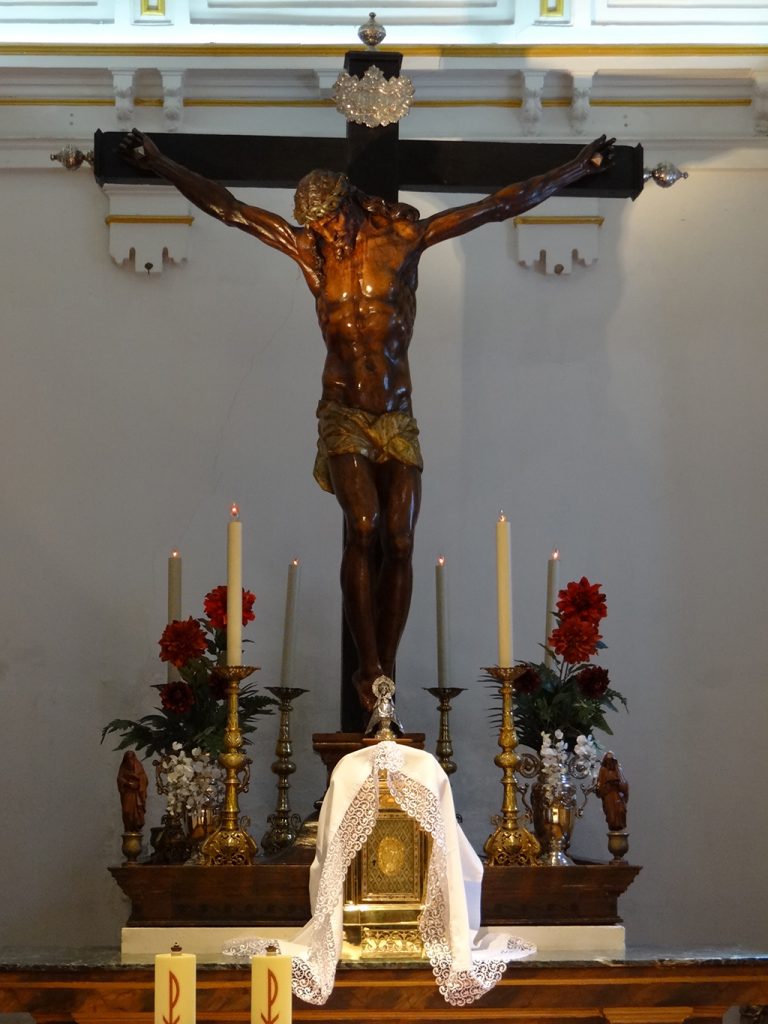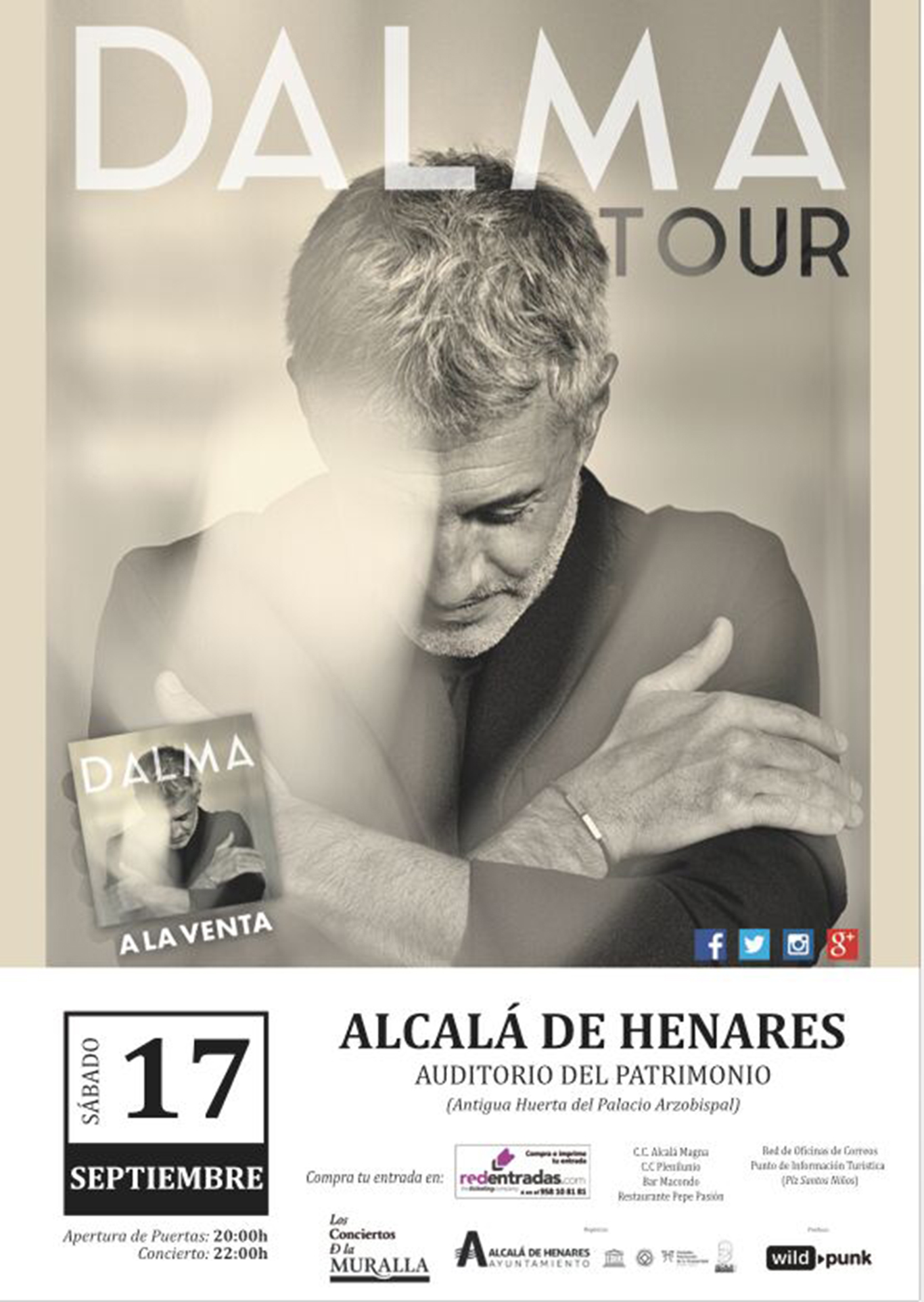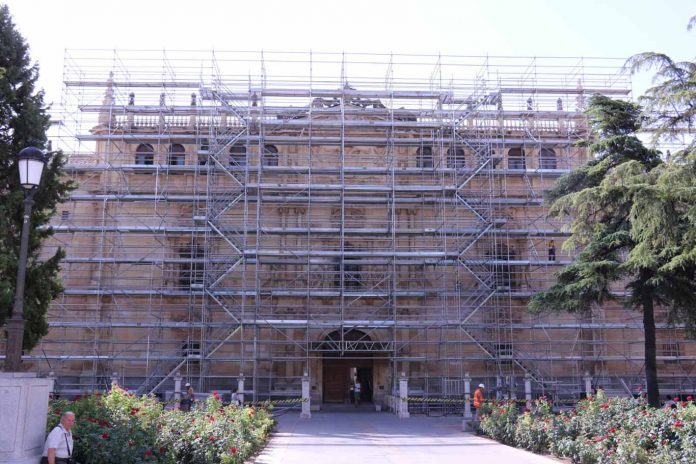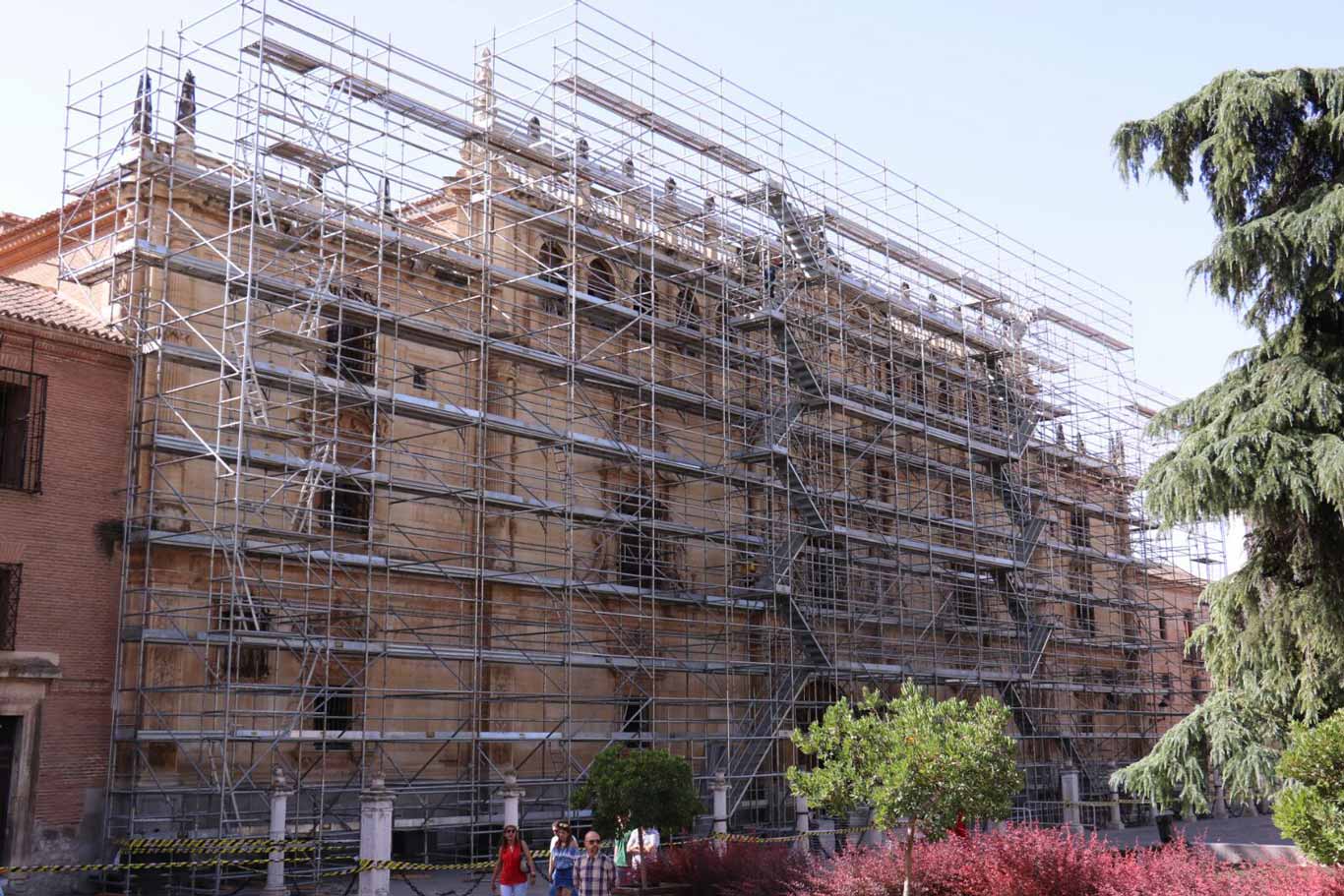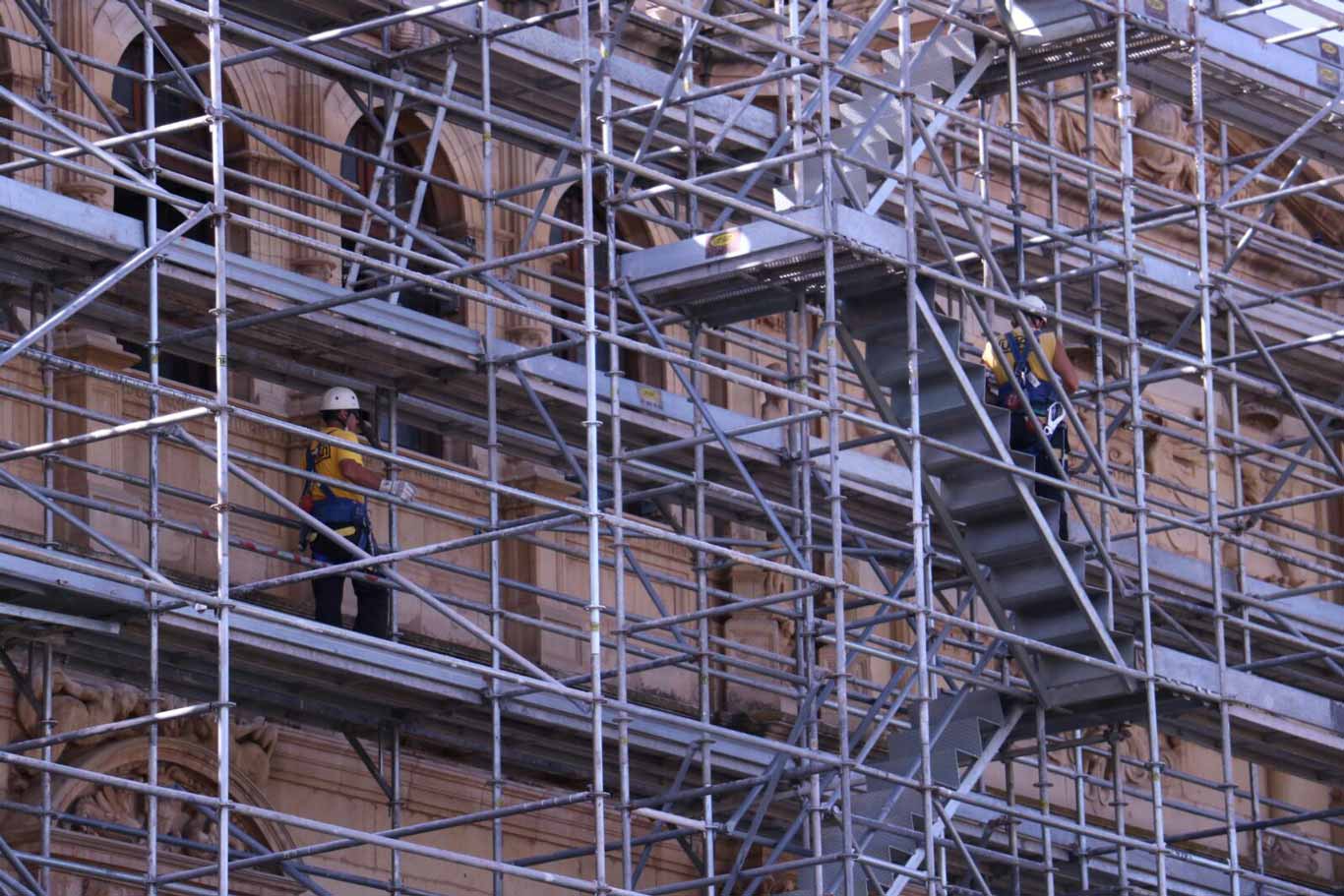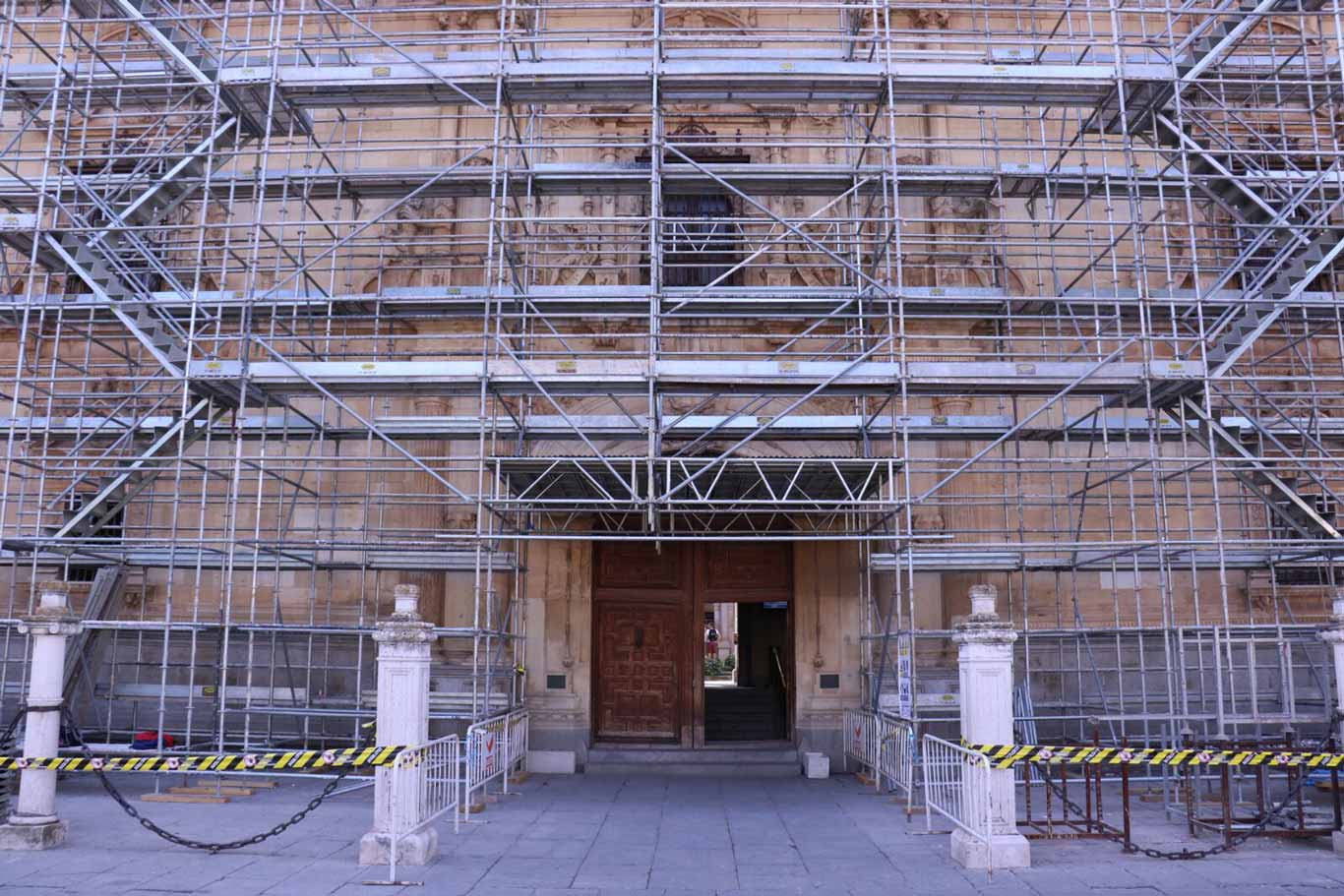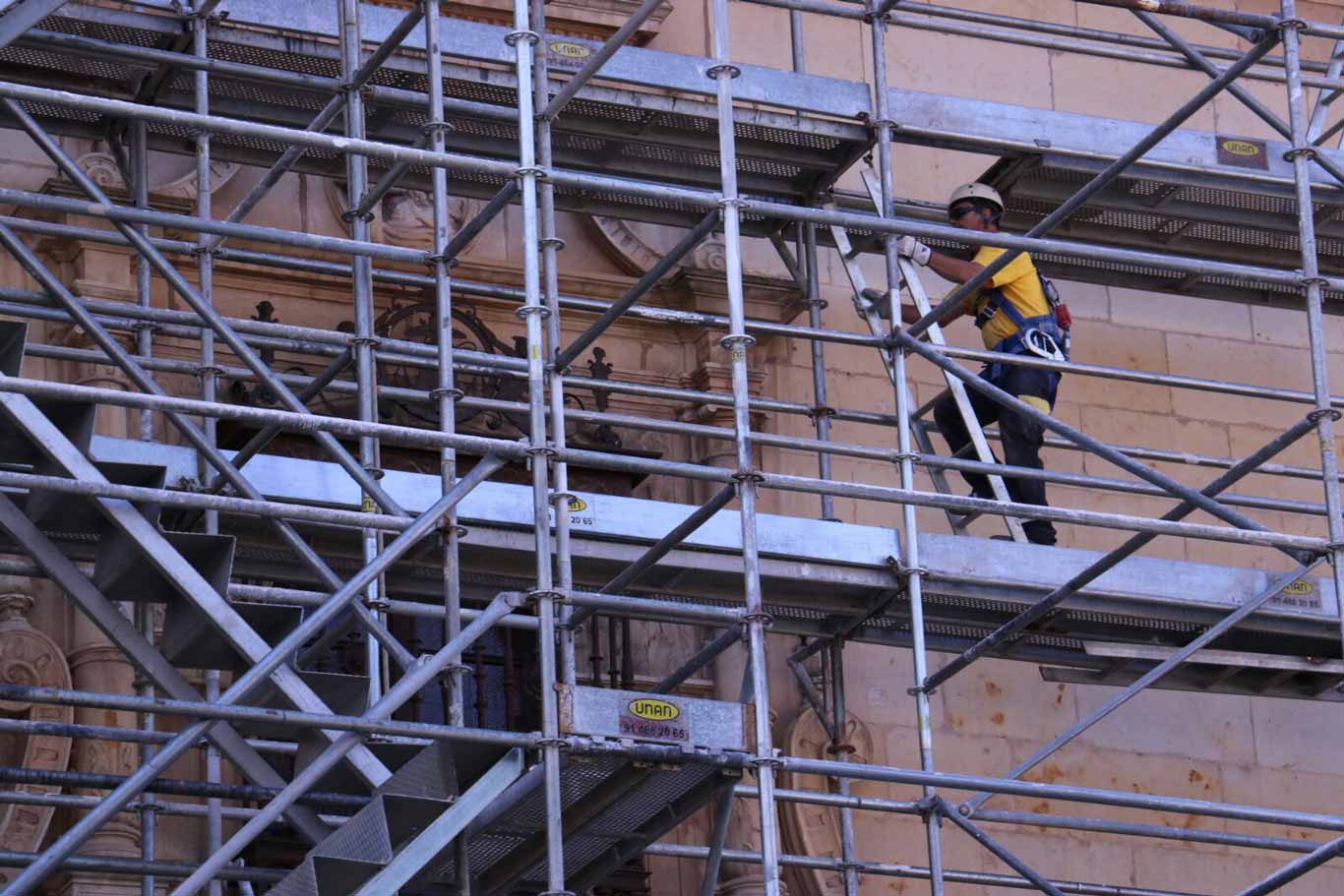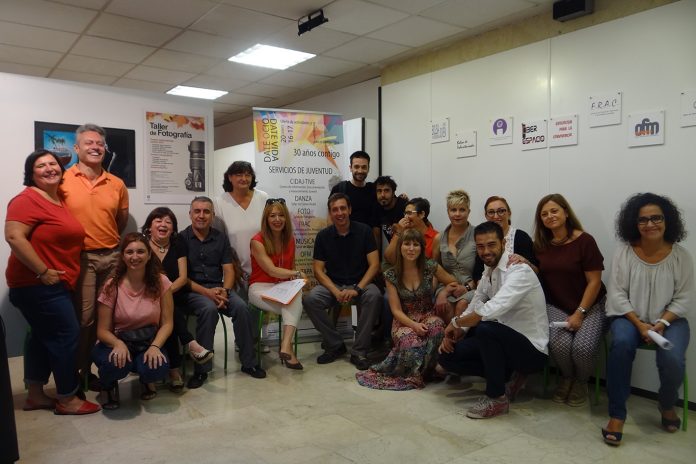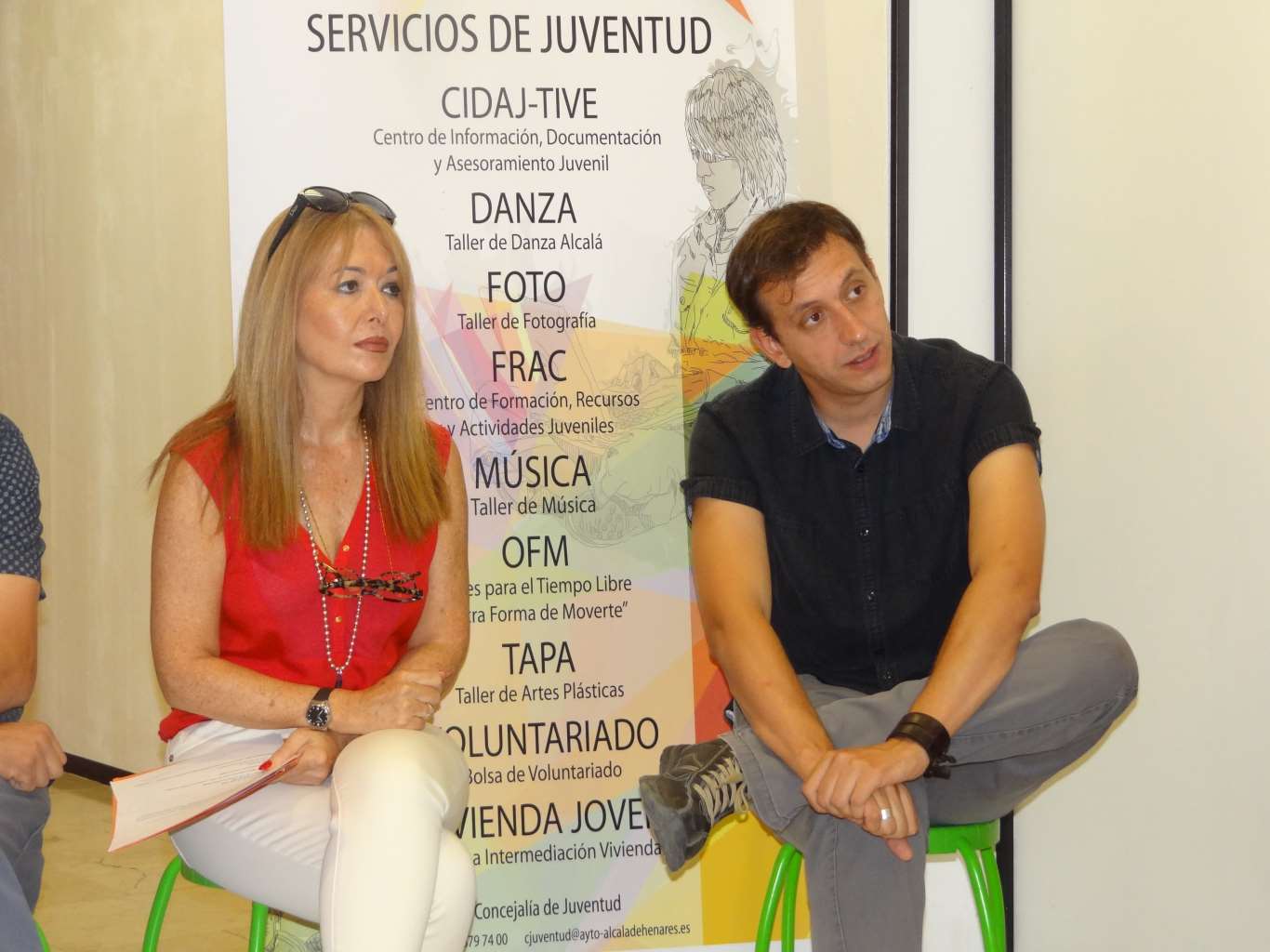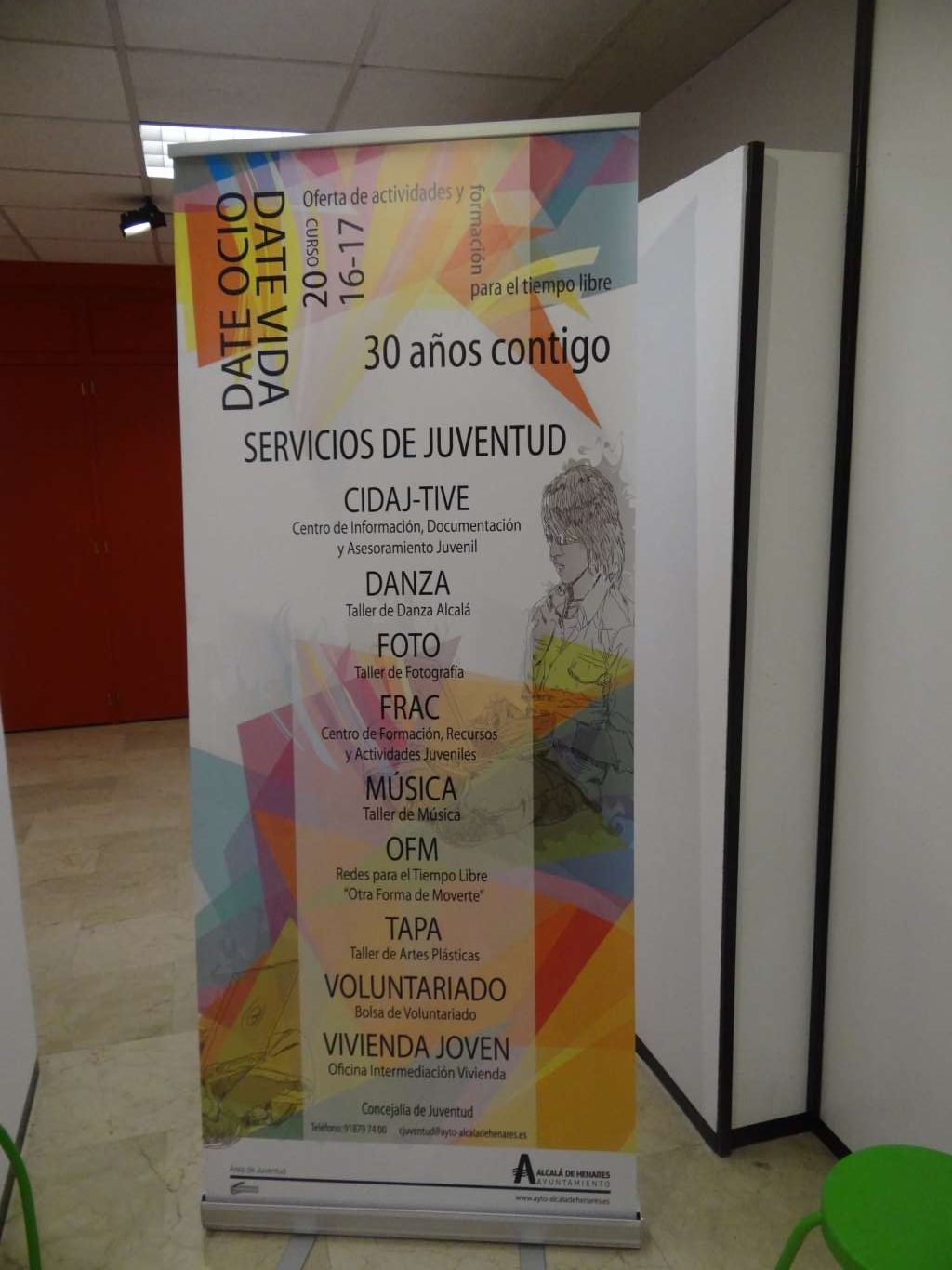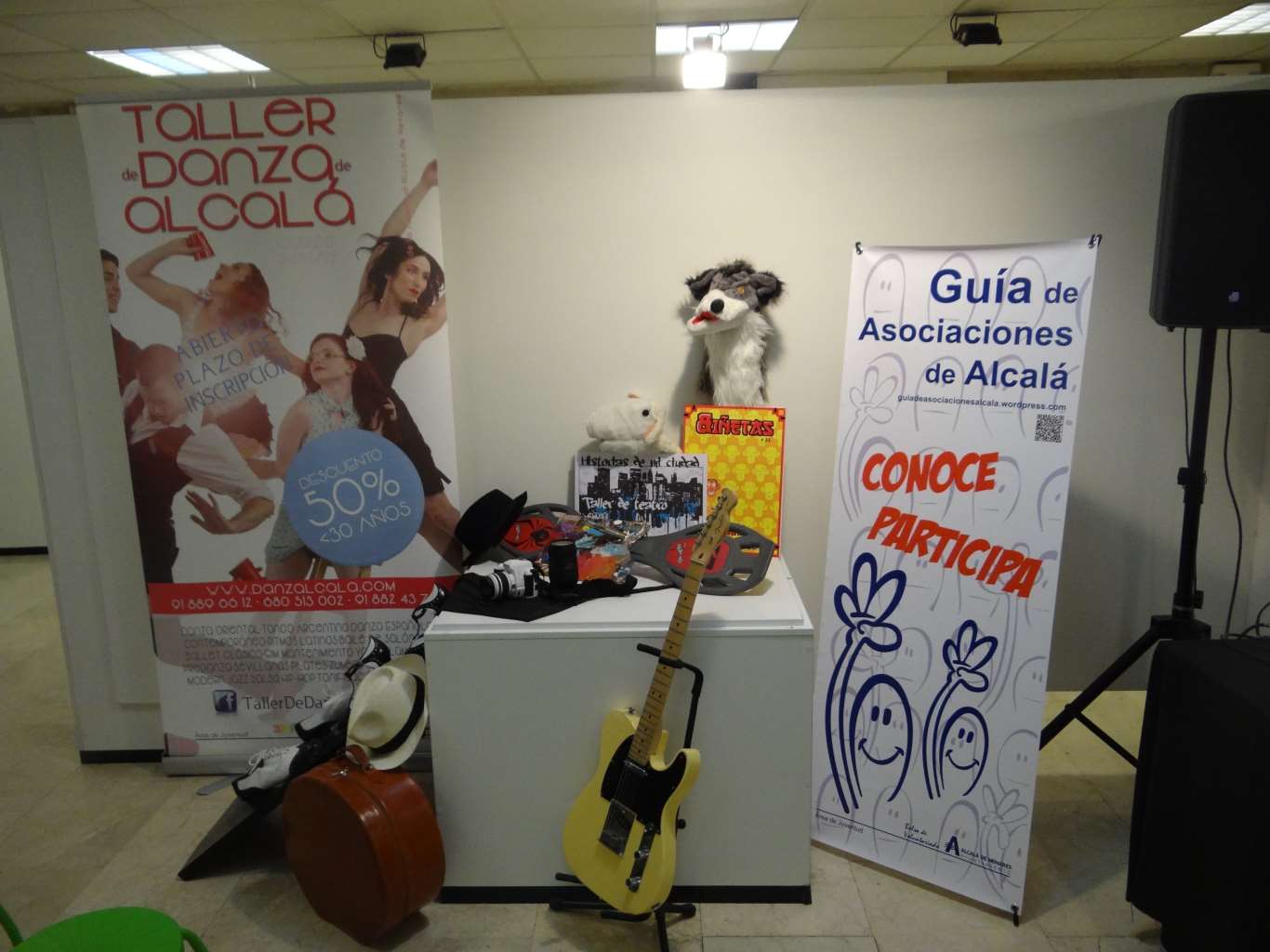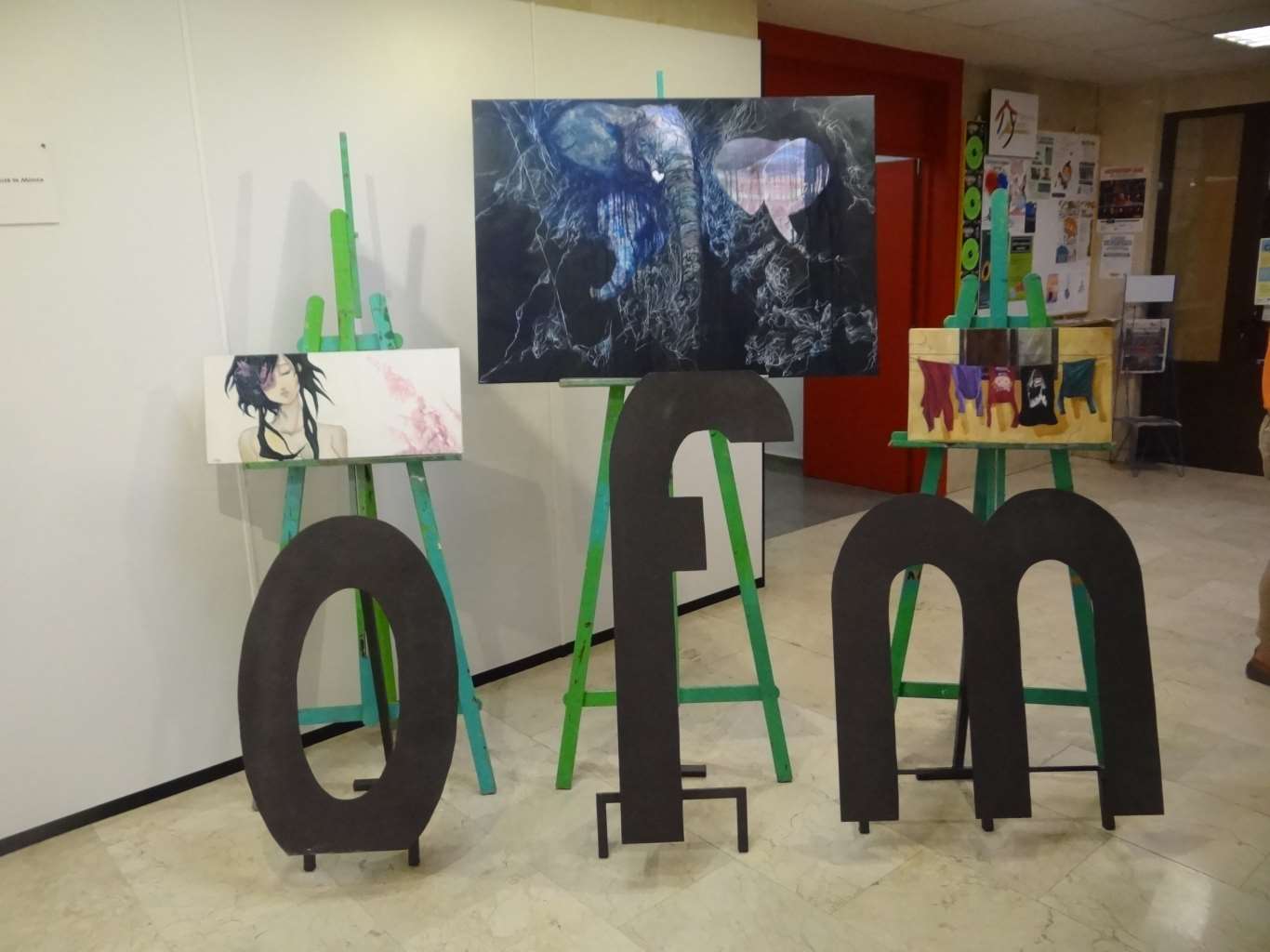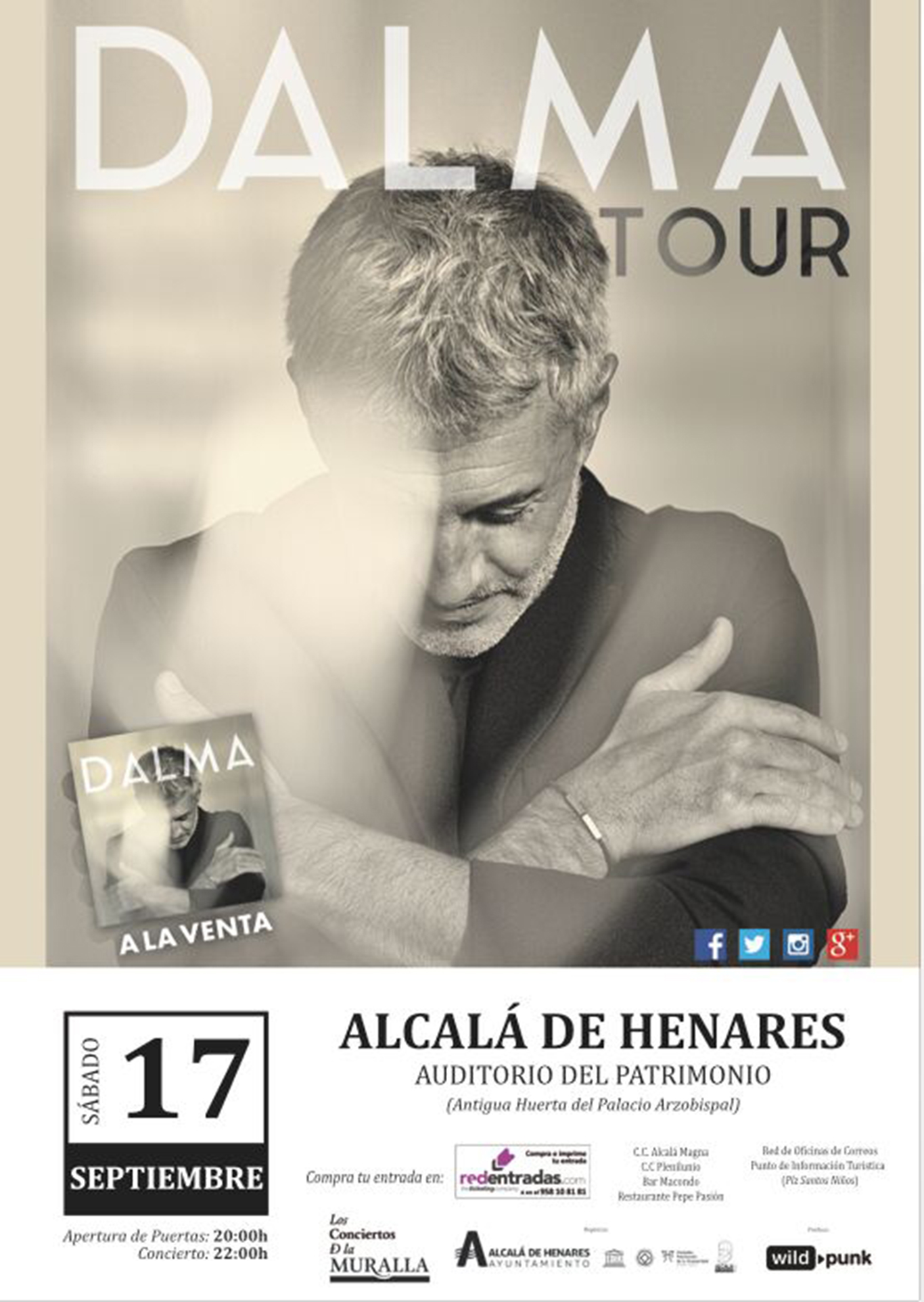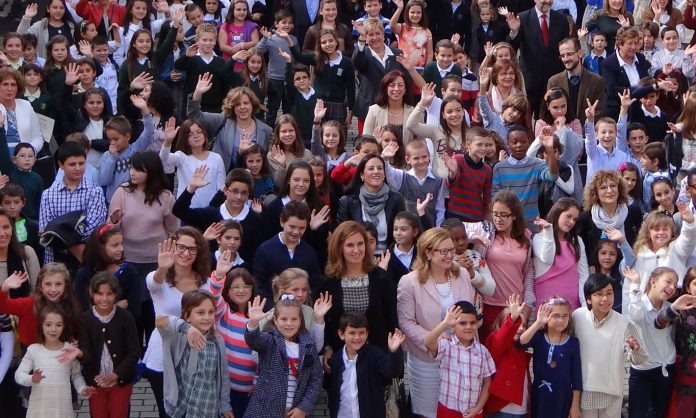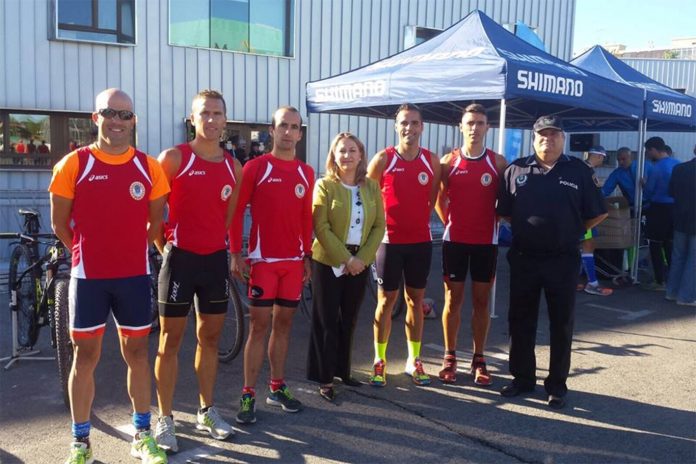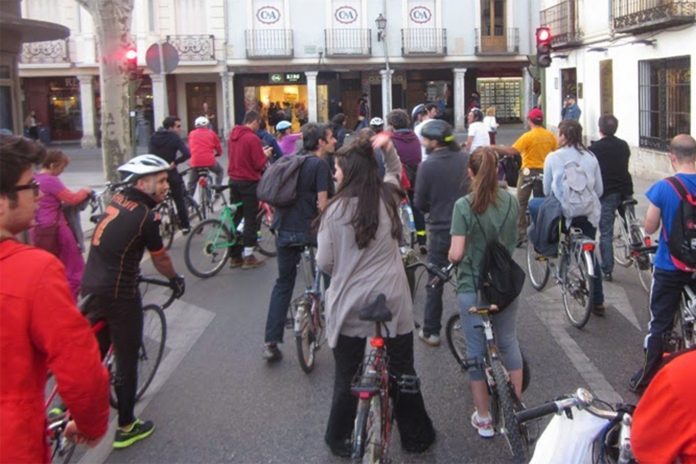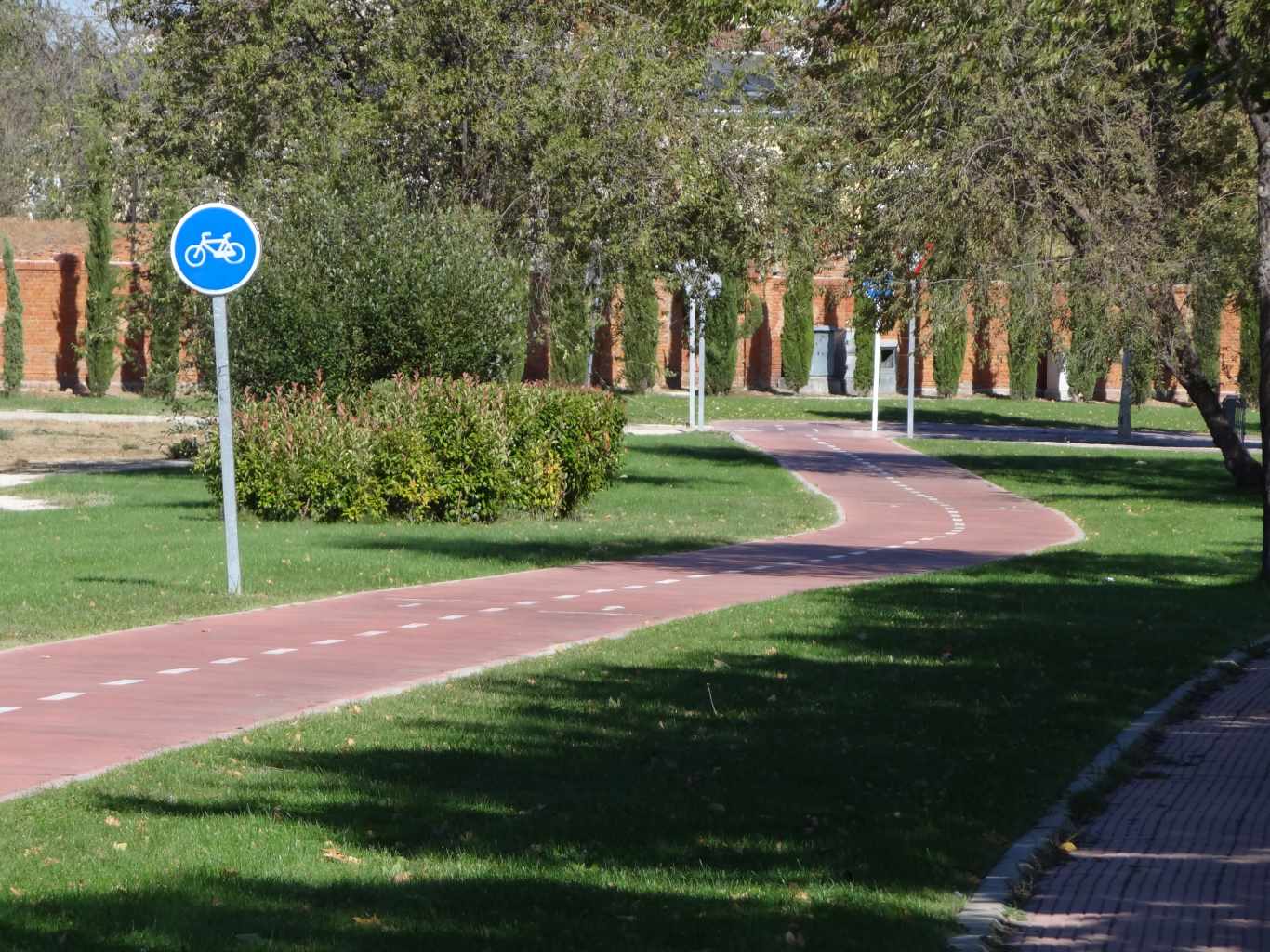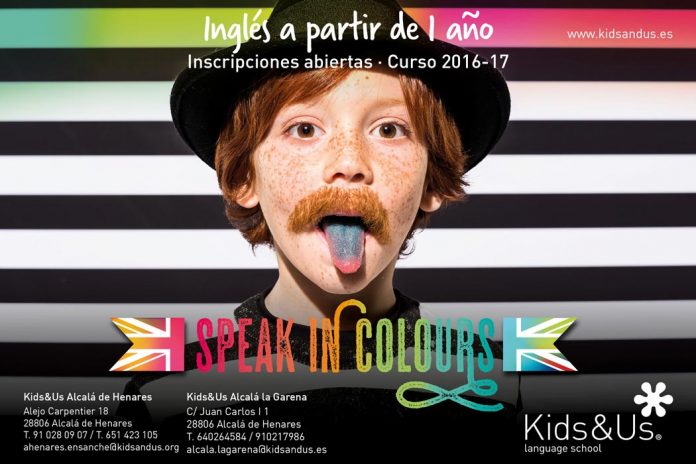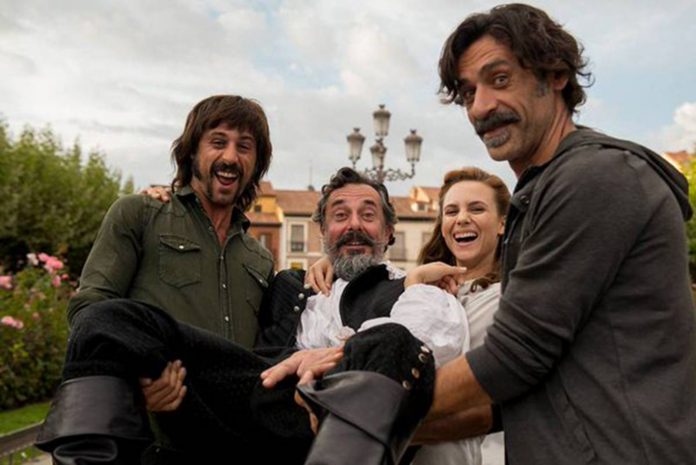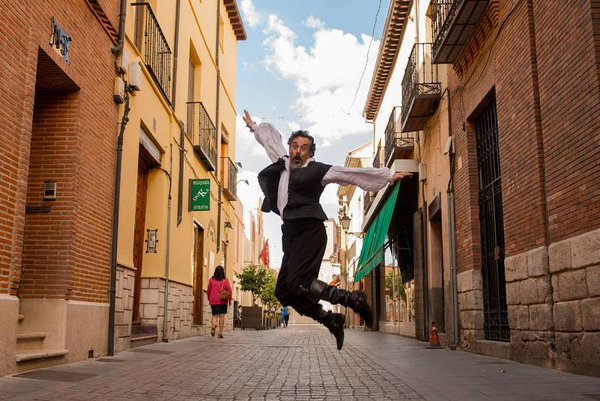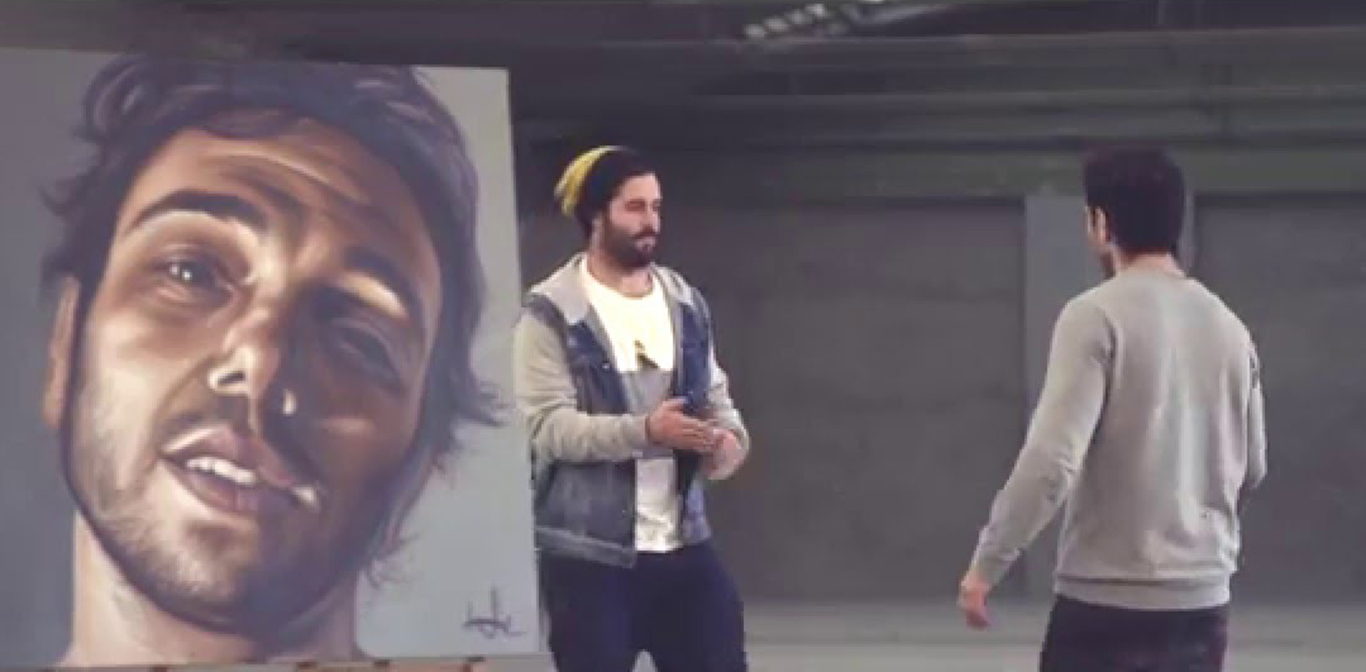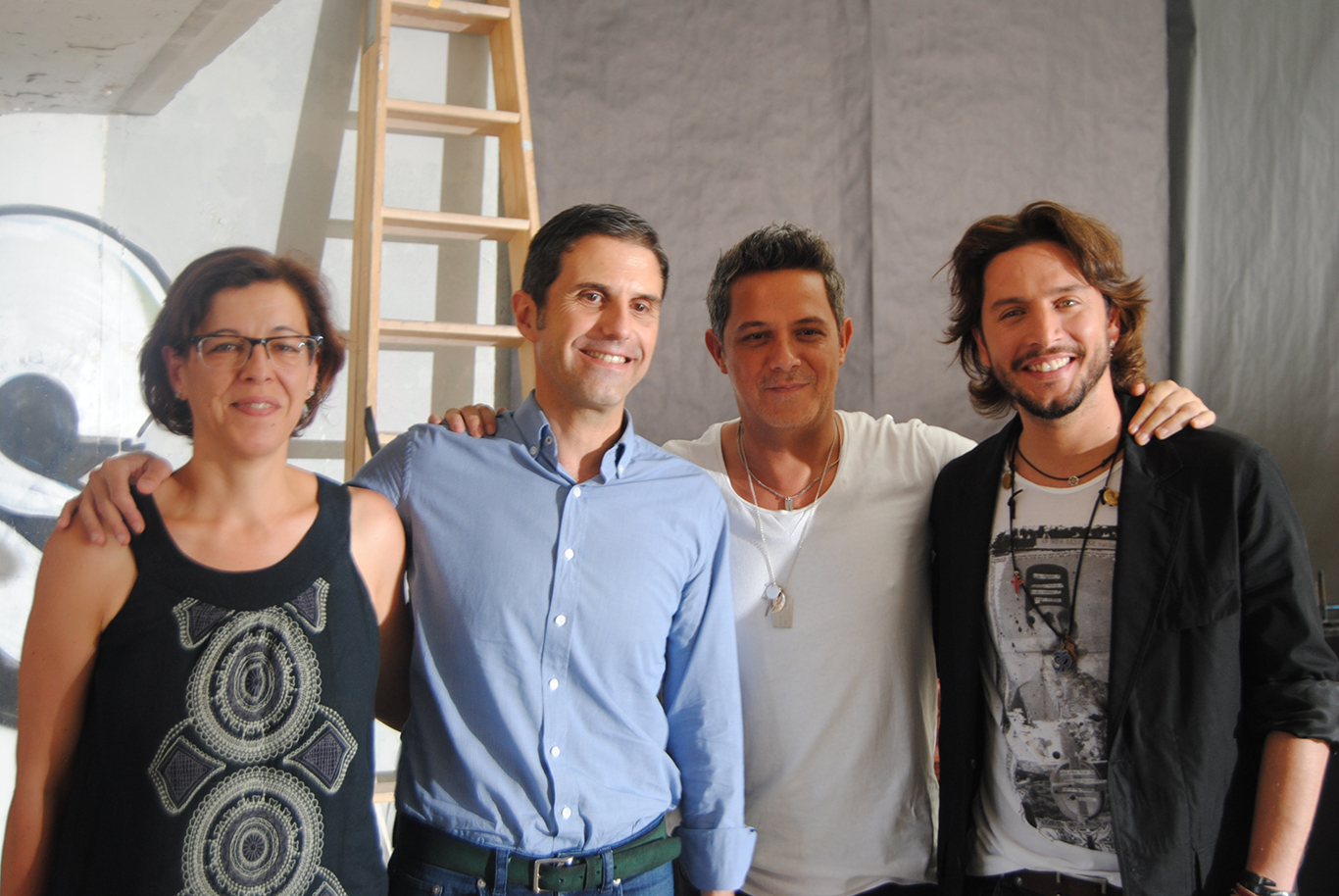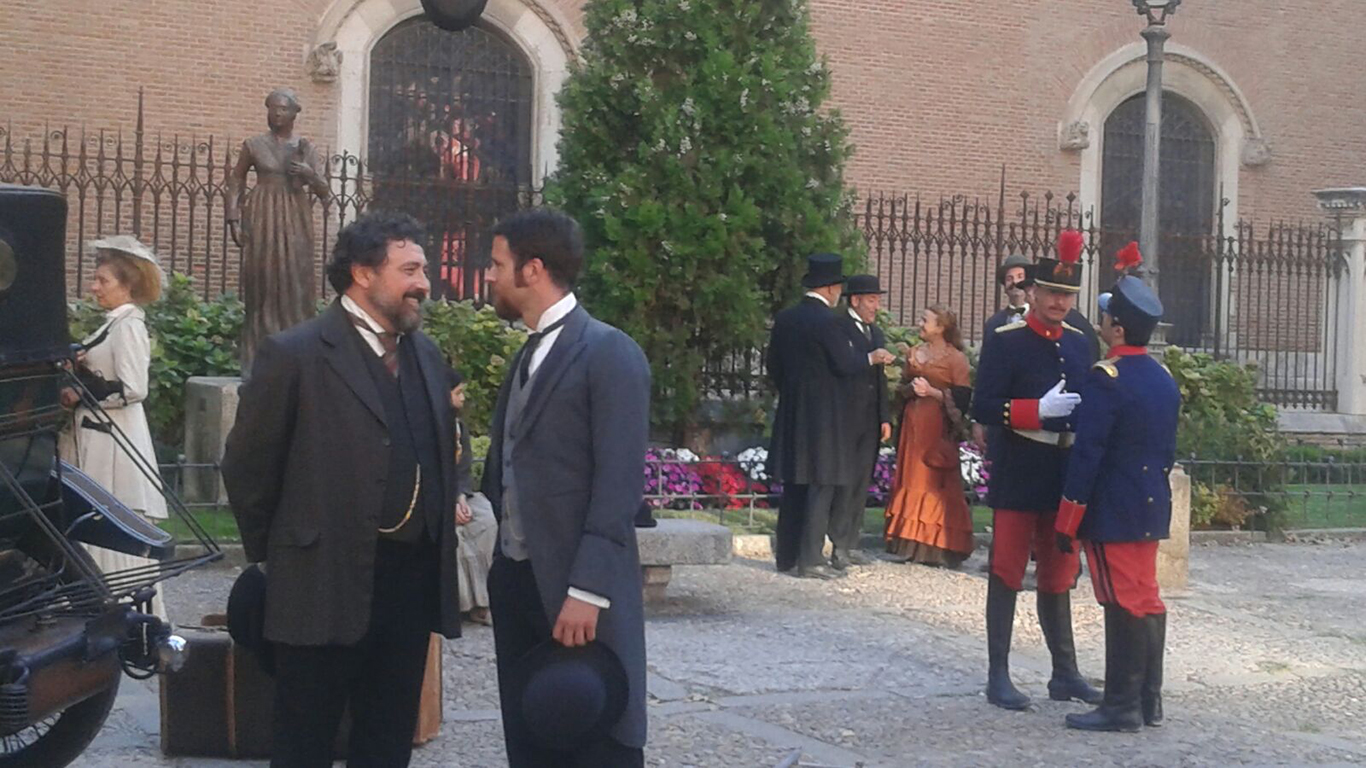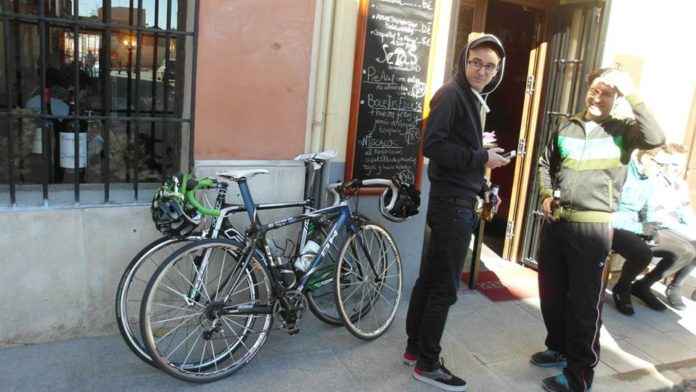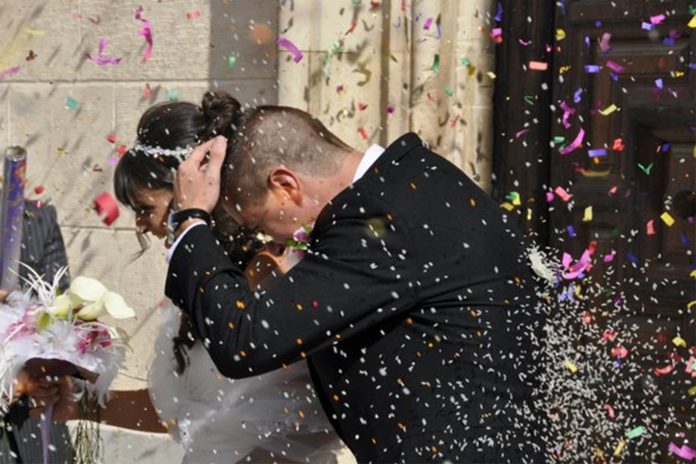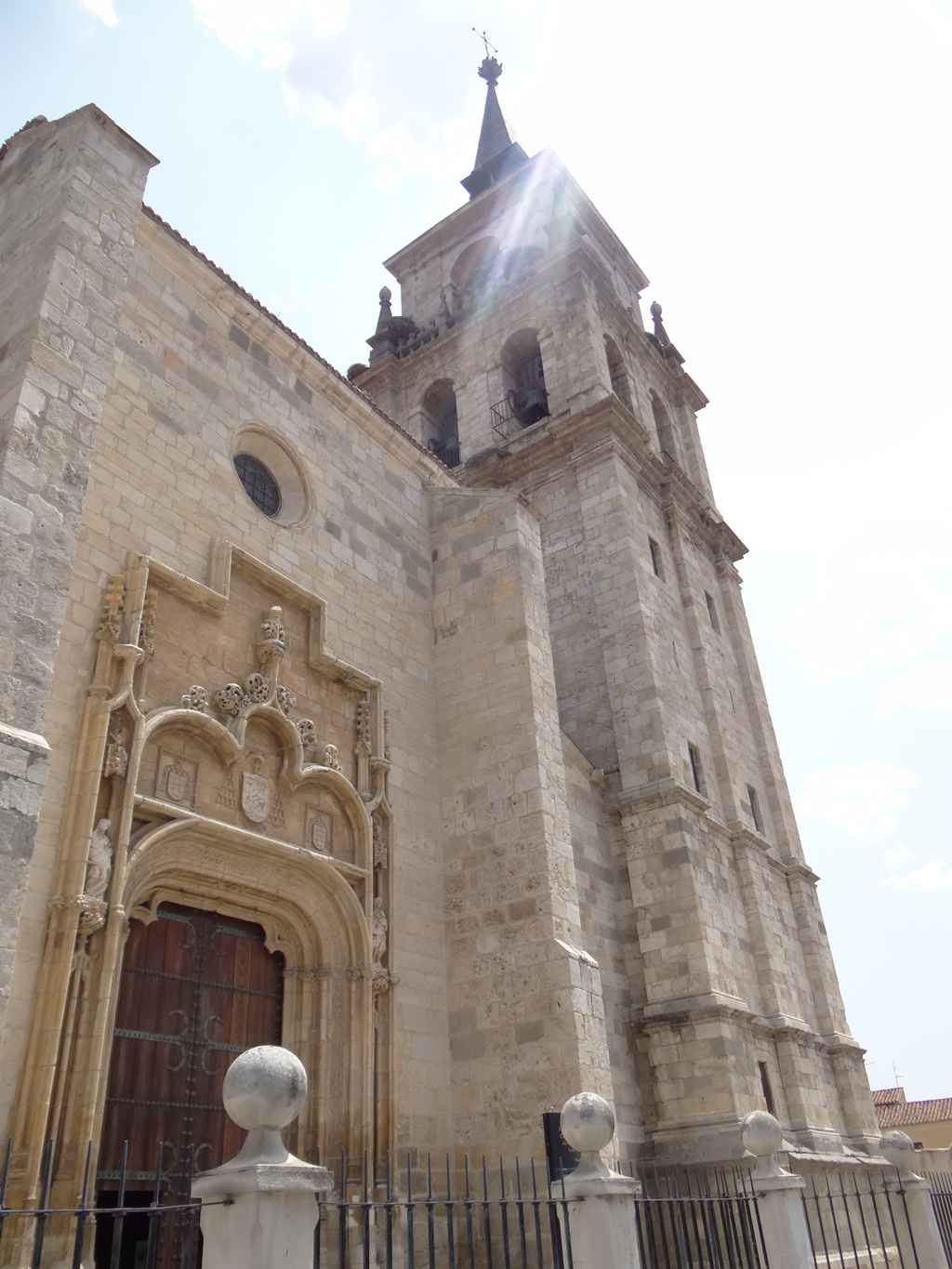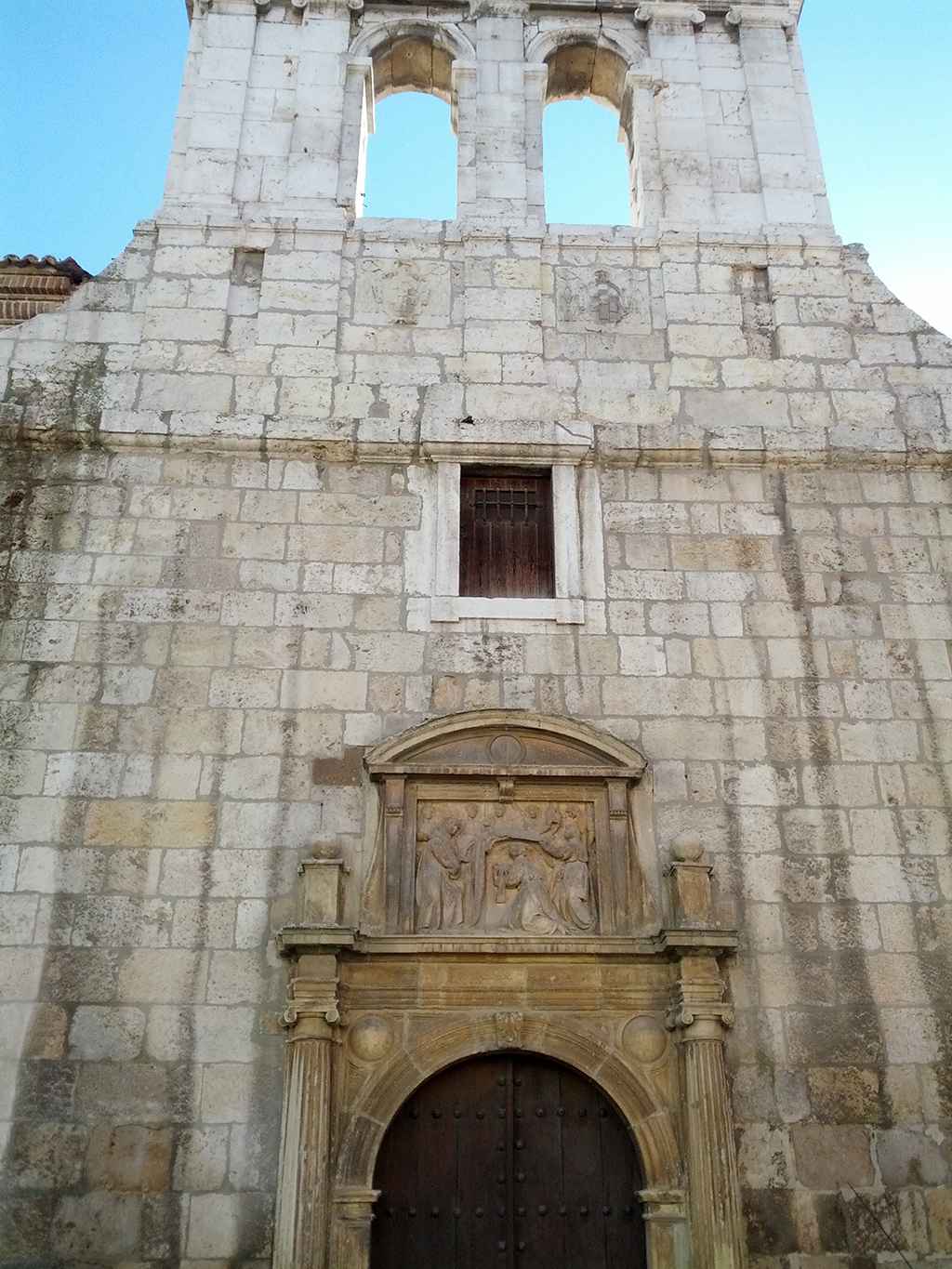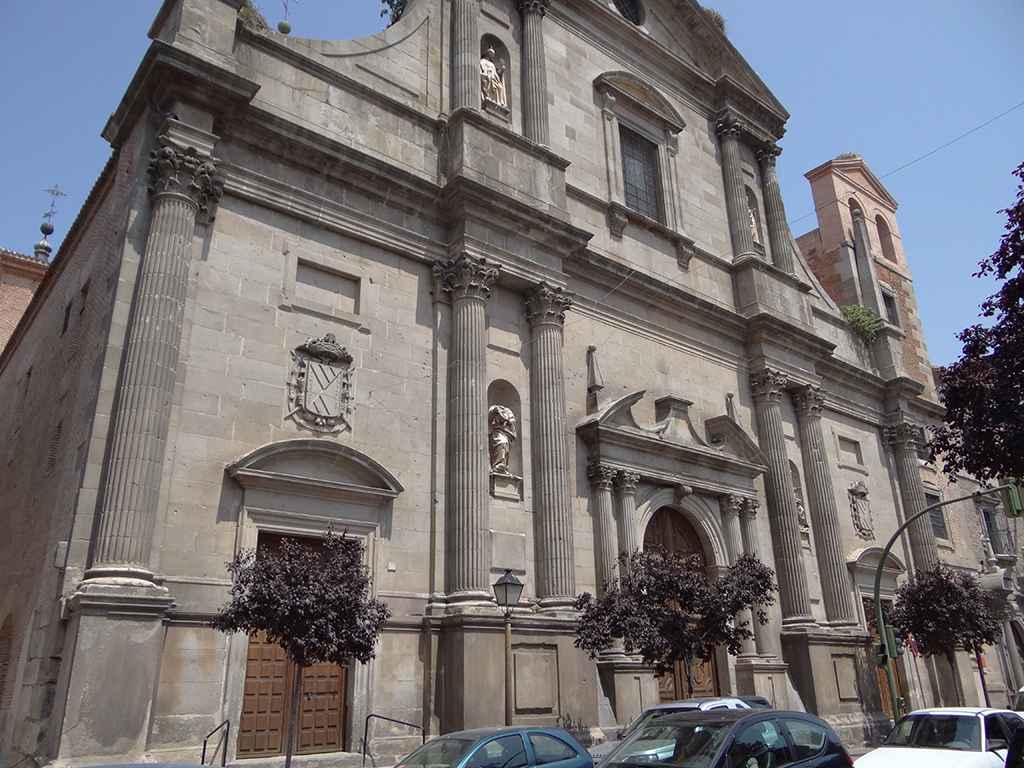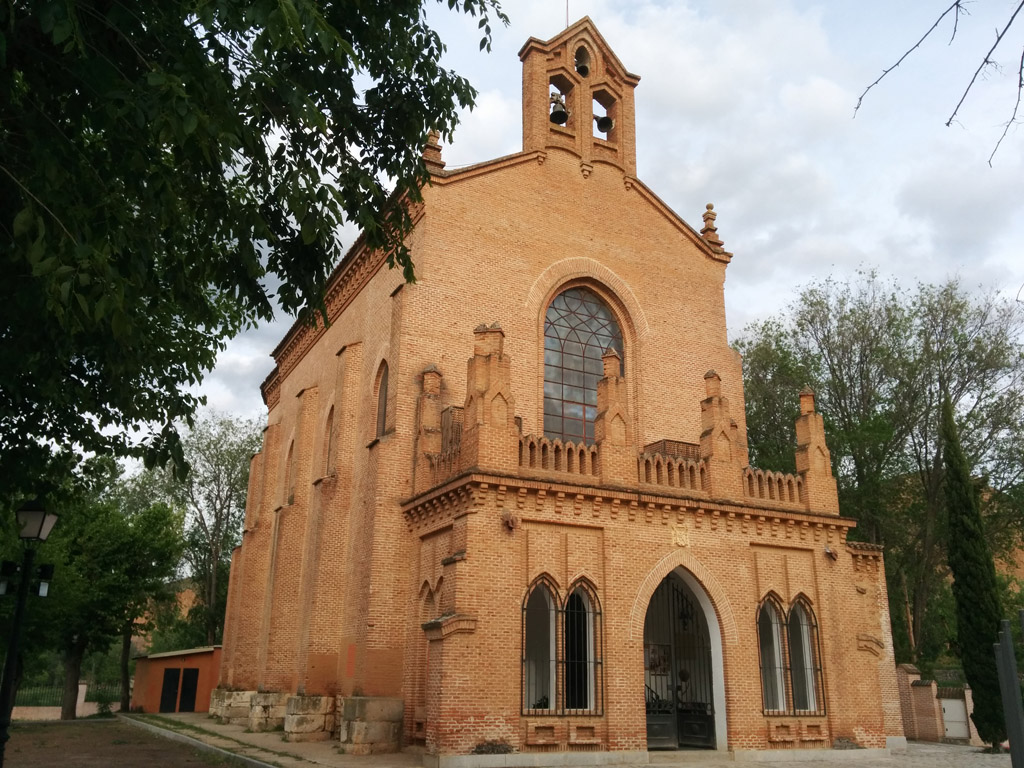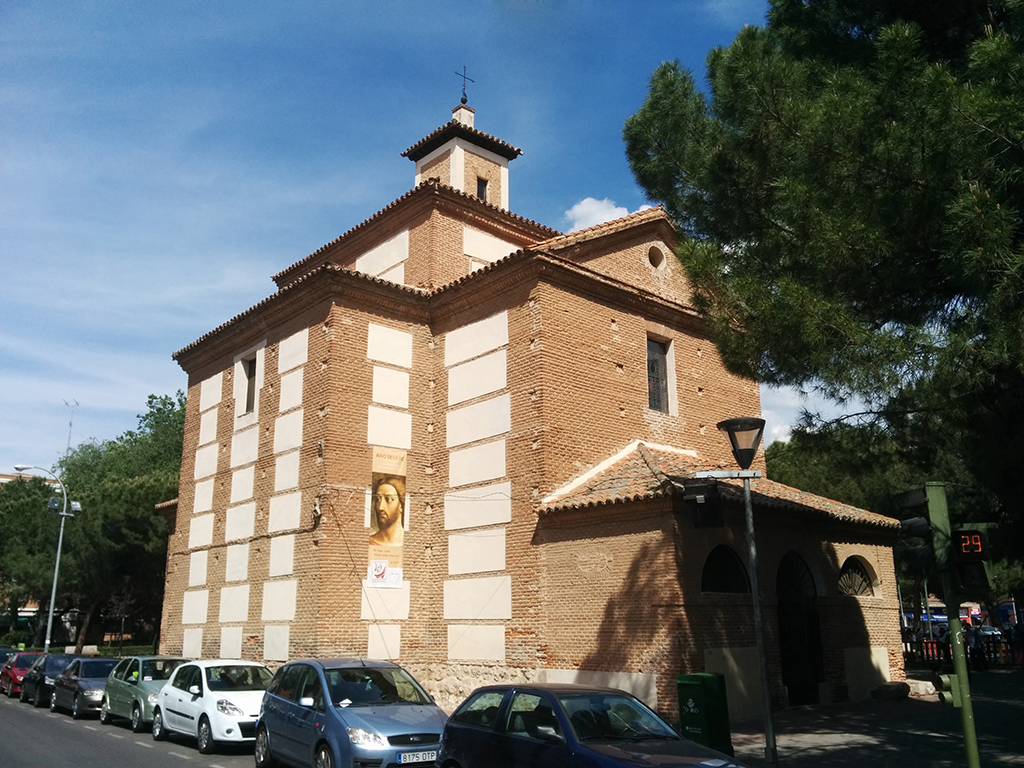La Capilla del Oidor del Alcalá de Henares, lugar de bautismo de Miguel de Cervantes Saavedra, el 9 de octubre del año 1547, acoge desde hasta el 11 de diciembre, la exposición La moda de Cervantes y los trajes del Quijote.
La exposición pretende ilustrar un viaje al modo de vida del Renacimiento a través de inventos de navegación, mapas, armas de los Tercios, instrumentos del siglo XVI y XVII, libros, etc. Pero sobretodo un viaje por la moda y trajes en tiempo de Cervantes. Como vestían las distintas clases sociales y los personajes del Quijote: desde el traje de boda de la emperatriz Isabel, al de la humilde pastora Marcela.
Diferentes hilos argumentales articulan la exposición: desde el Emperador Carlos I y emperatriz Isabel, hasta el Rey Felipe II y la reina Ana de Austria. Muestra trajes y alhajas de la época de la corte española o muebles del Siglo de Oro. Pero además recorre los diversos personajes del Quijote y sus clases sociales; sin olvidar tanto las armas de la época y la importancia de las letras, los libros y la imprenta.
La inauguración ha contado con la asistencia del alcalde de Alcalá de Henares, Javier Rodríguez Palacios, de la concejal de Turismo y Cultura, María Aranguren, y del comisario de la exposición, Manuel Sánchez así como de representantes del grupo popular del Ayuntamiento y del vicerrector de la Universidad de Alcalá, José Raúl Fernández.
El alcalde ha explicado que la figura de Cervantes “nos une, su imagen es un potencial para la ciudad y nos permite construir a su alrededor un proyecto educativo y de ciudad, y esta exposición es un ejemplo de ello”. Rodríguez Palacios ha invitado a “todos los alcalaínos y alcalaínas, así como a todas las personas que nos vistan, a recorrer la muestra”.
Trajes e instrumental de la época
En total se exhiben 23 trajes del siglo XVI entre los que se podrán ver los trajes de la realeza: Del emperador Carlos I, el traje de boda de la emperatriz Isabel, del príncipe Carlos, de Felipe II, de la reina Isabel de Portugal, de la hija de Felipe II y una reproducción de una armadura noble del siglo XVI; trajes de la nobleza: cinco trajes de noble dama española y dos de caballero noble español; trajes de hidalgos: de don Quijote, de la sobrina de don Quijote hidalga de Castilla y el de Miguel de Cervantes.
Además los visitantes podrán contemplar los vestidos del pueblo: un hábito de estudiante de Alcalá, de soldado de los tercios españoles (arcabucero), de monje trinitario, de Sancho Panza (labrador), de la ventera (labradora joven) y traje de pastora (Marcela).
En la muestra igualmente se exhiben, tocados y peinados, joyas y alhajas del siglo XVI, armas como espadas, corazas, arcabuz, lanza, escudo; instrumentos de navegación como un astrolabio, nocturlabio, brújula y una maqueta de un galeón español junto con mapas protulanos del siglo XVI. También se exponen monedas del XVI y XVII: maravedíes, reales o escudos.
La literatura está representada en la exposición por los facsímiles de la primera edición del Quijote, un Quijote ilustrado del XIX, la obra Civitatis Orbis Terrarum, Libro de rezos de Felipe II, así como una reproducción de la imprenta en la que se imprimió el primer Quijote.
Los muebles y vida cotidiana del XVI la imaginaremos a través de una mesa escritorio de fiadores, sillón frailero, silla, arca, un escaño prismático y la reproducción de una escribanía española estilo XVII.
En un último apartado dedicado a los instrumentos musicales del XVI y XVII se podrán contemplar una vihuela, una gaita pastoril y tamboril, un rabel y un pandero.
Horarios
La exposición se podrá visitar hasta el 30 de octubre, de martes a domingo de 10:30 a 13:30 y de 18:00 a 21:00 horas. Lunes cerrado. Del 31 de octubre al 11 de diciembre: de martes a domingo de 10:30 a 13:30 y de 17:00 a 20:00 horas. Lunes cerrado.
El lunes 9 de octubre (festividad local que conmemora la fecha de bautismo de Miguel de Cervantes) el horario de visita será de 10:30 a 13:30 y de 18:00 a 21:00 horas. El jueves 13 de octubre permanecerá cerrada al público.


